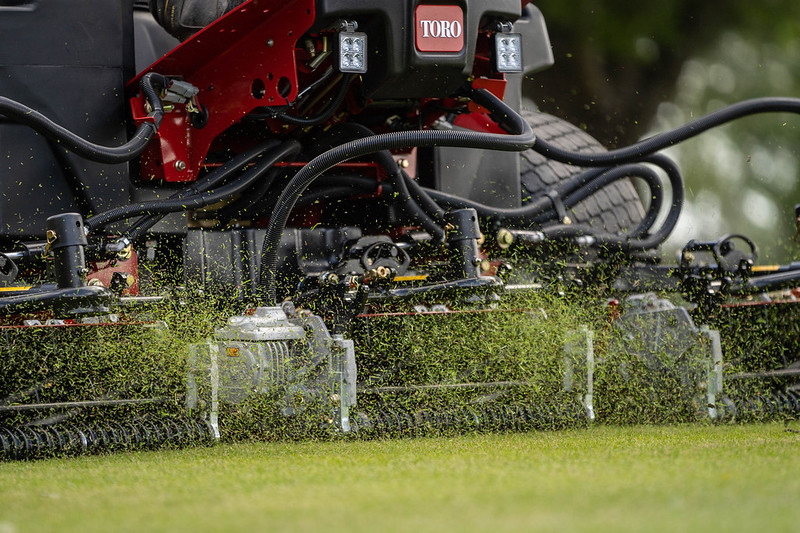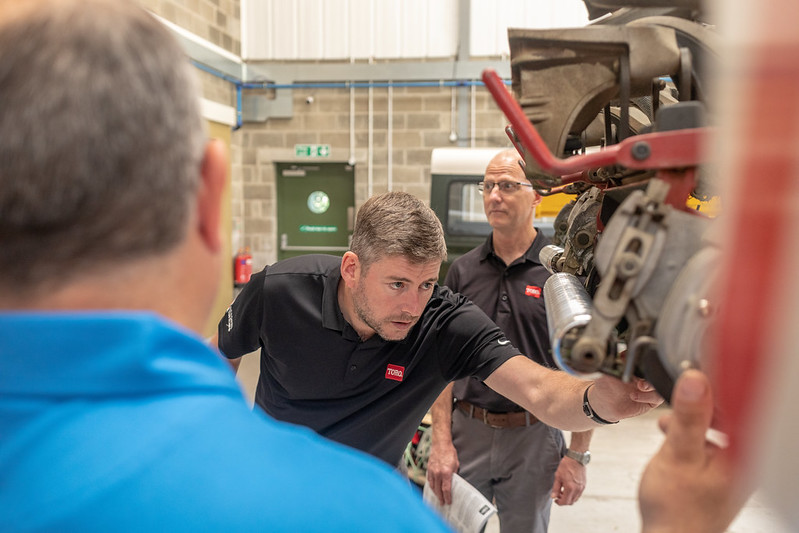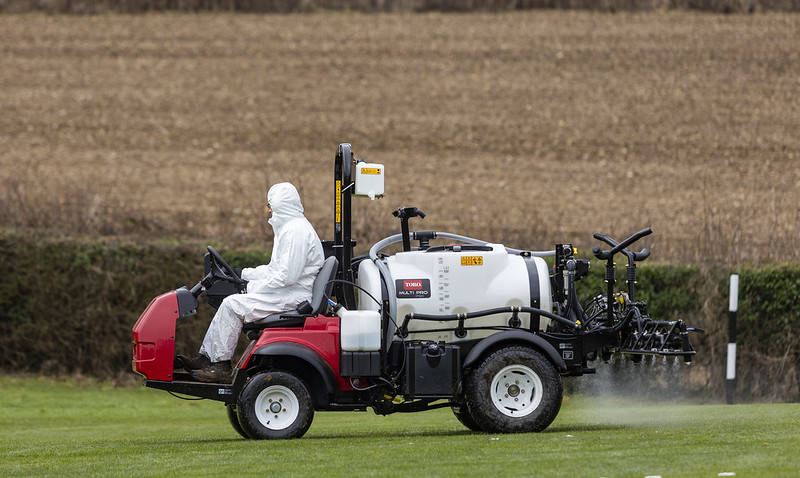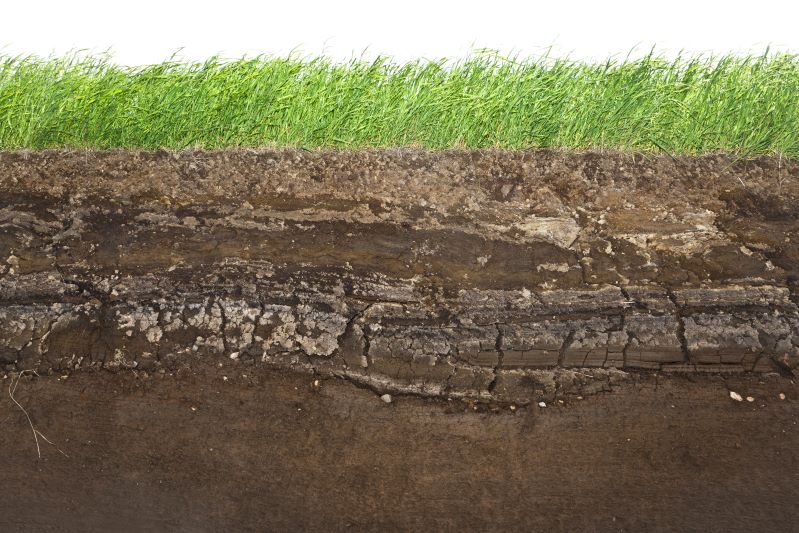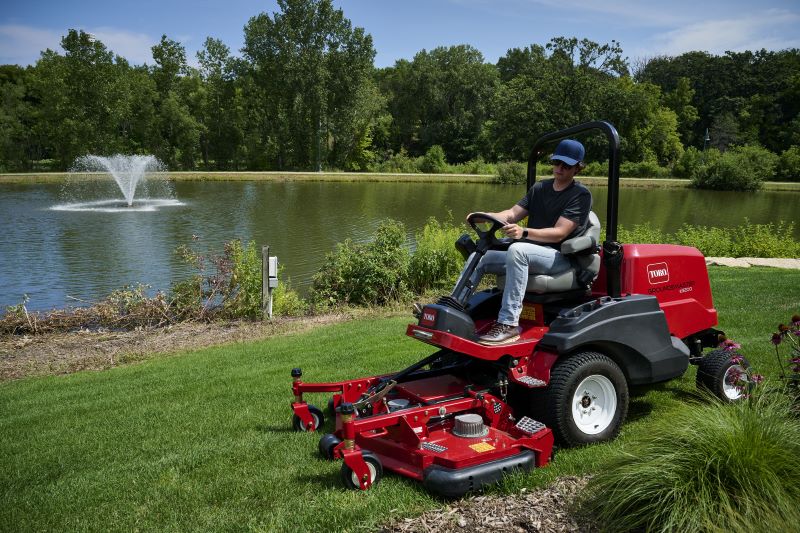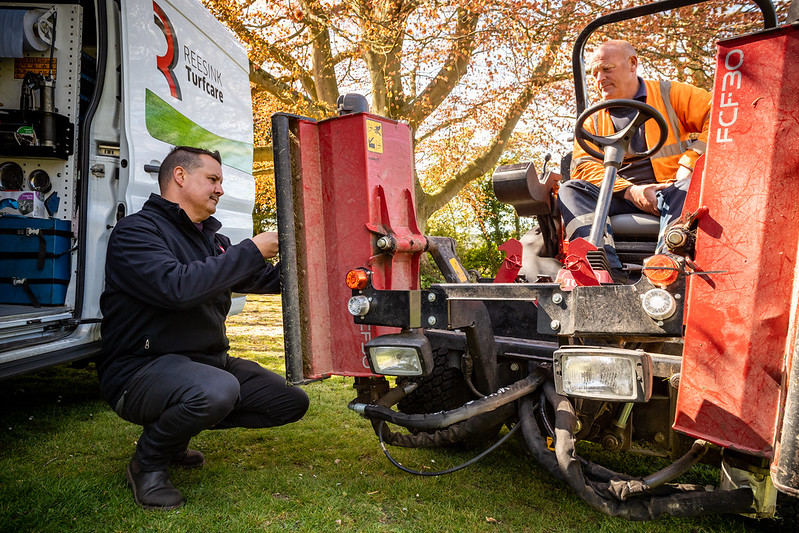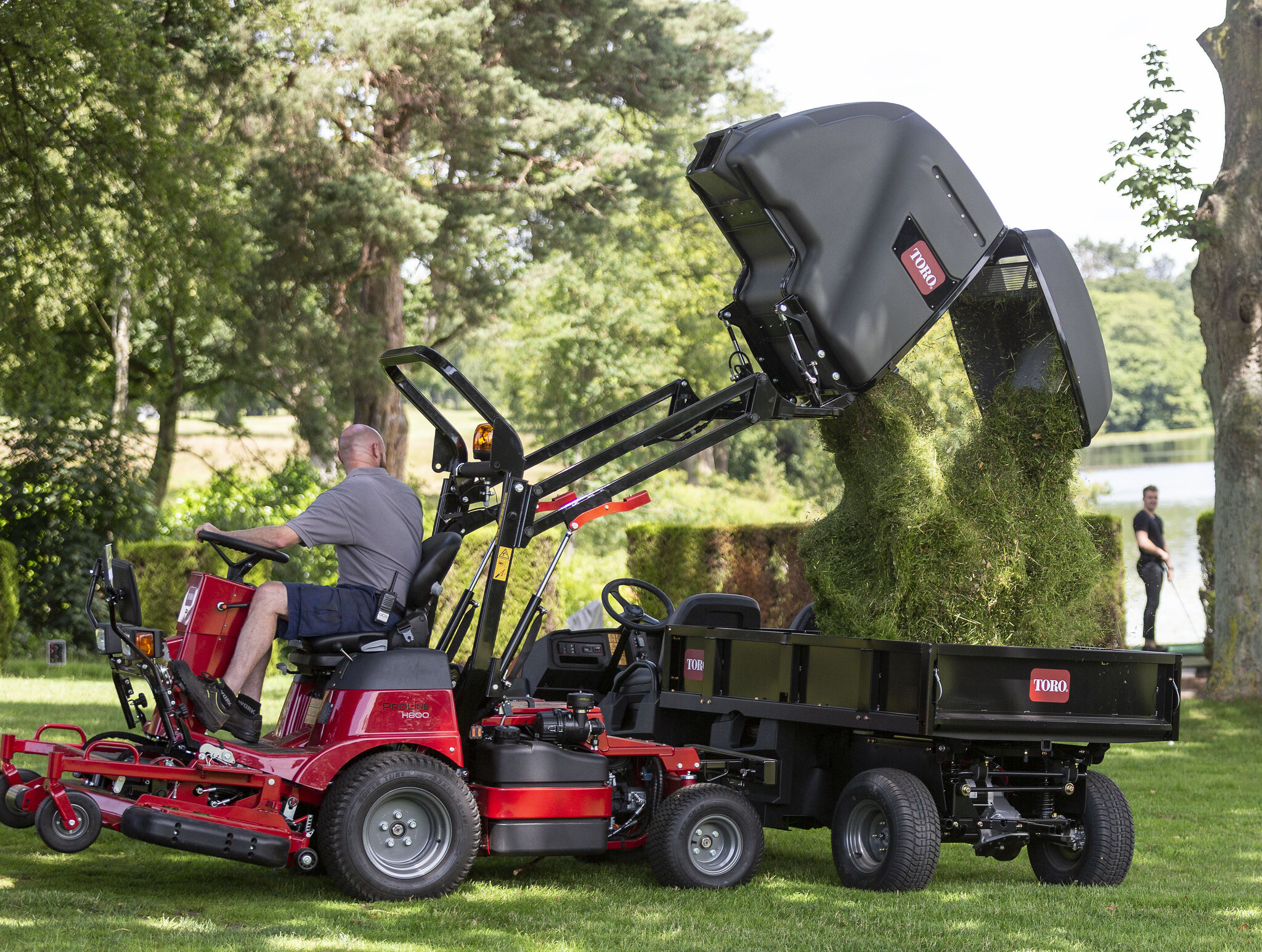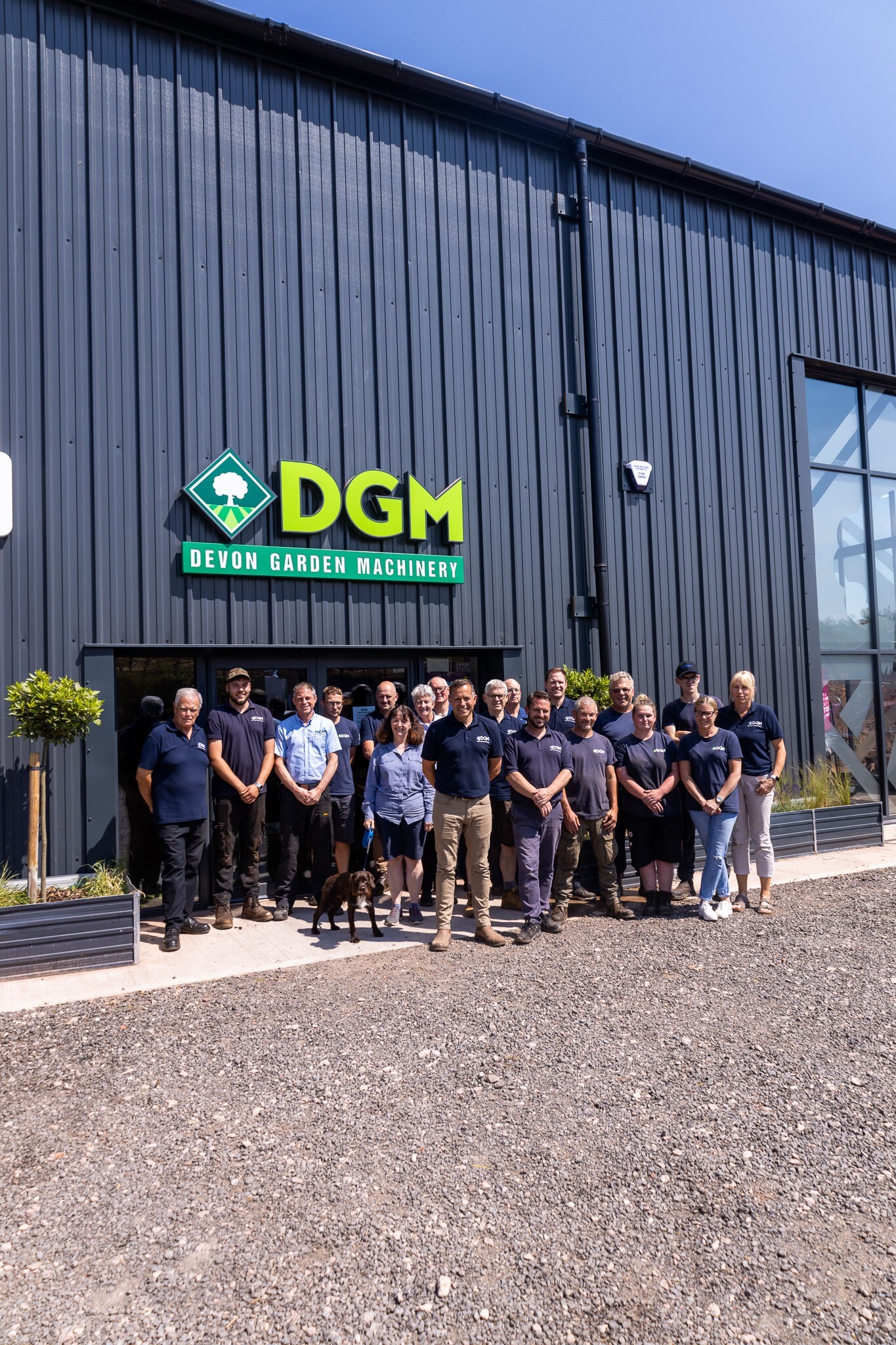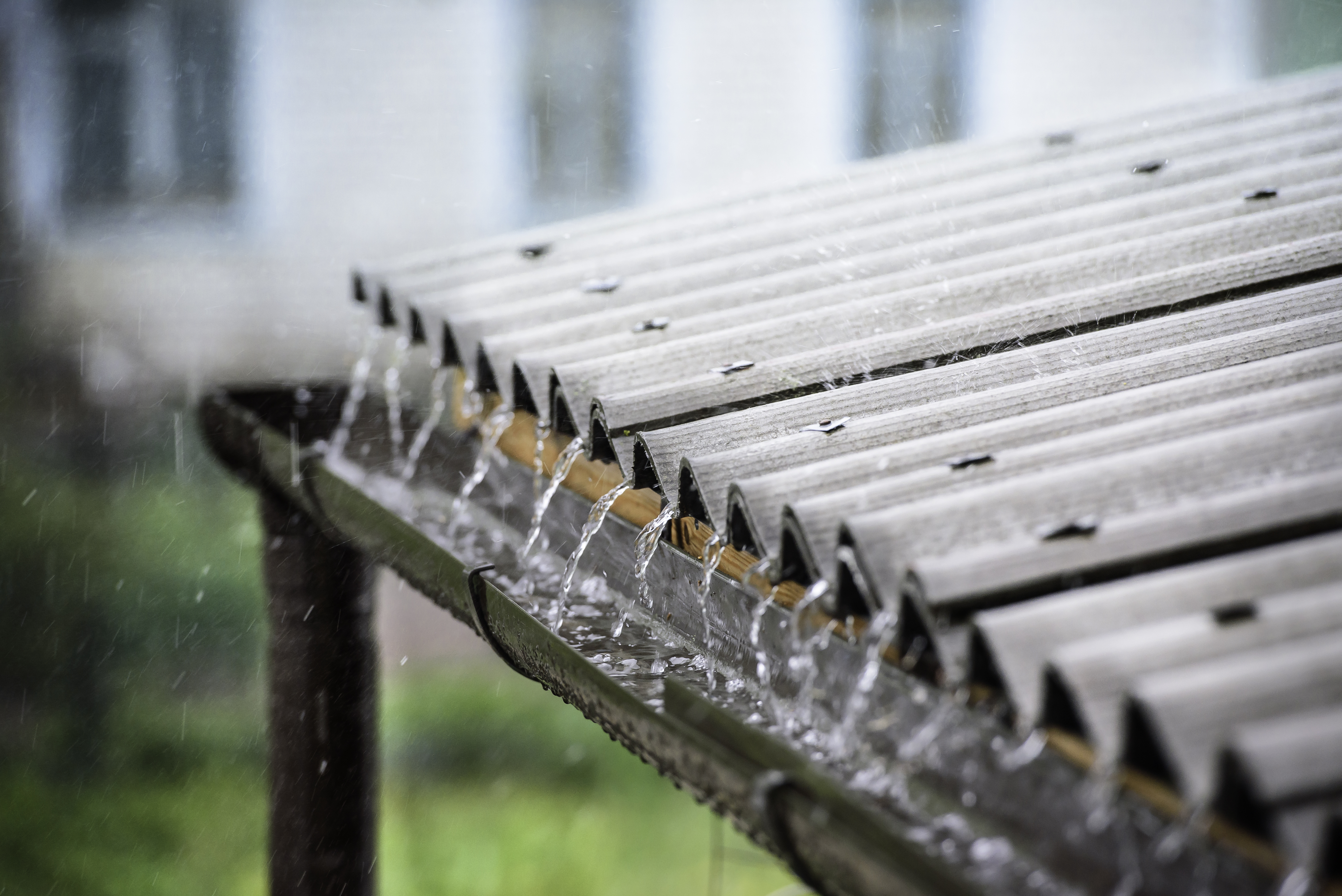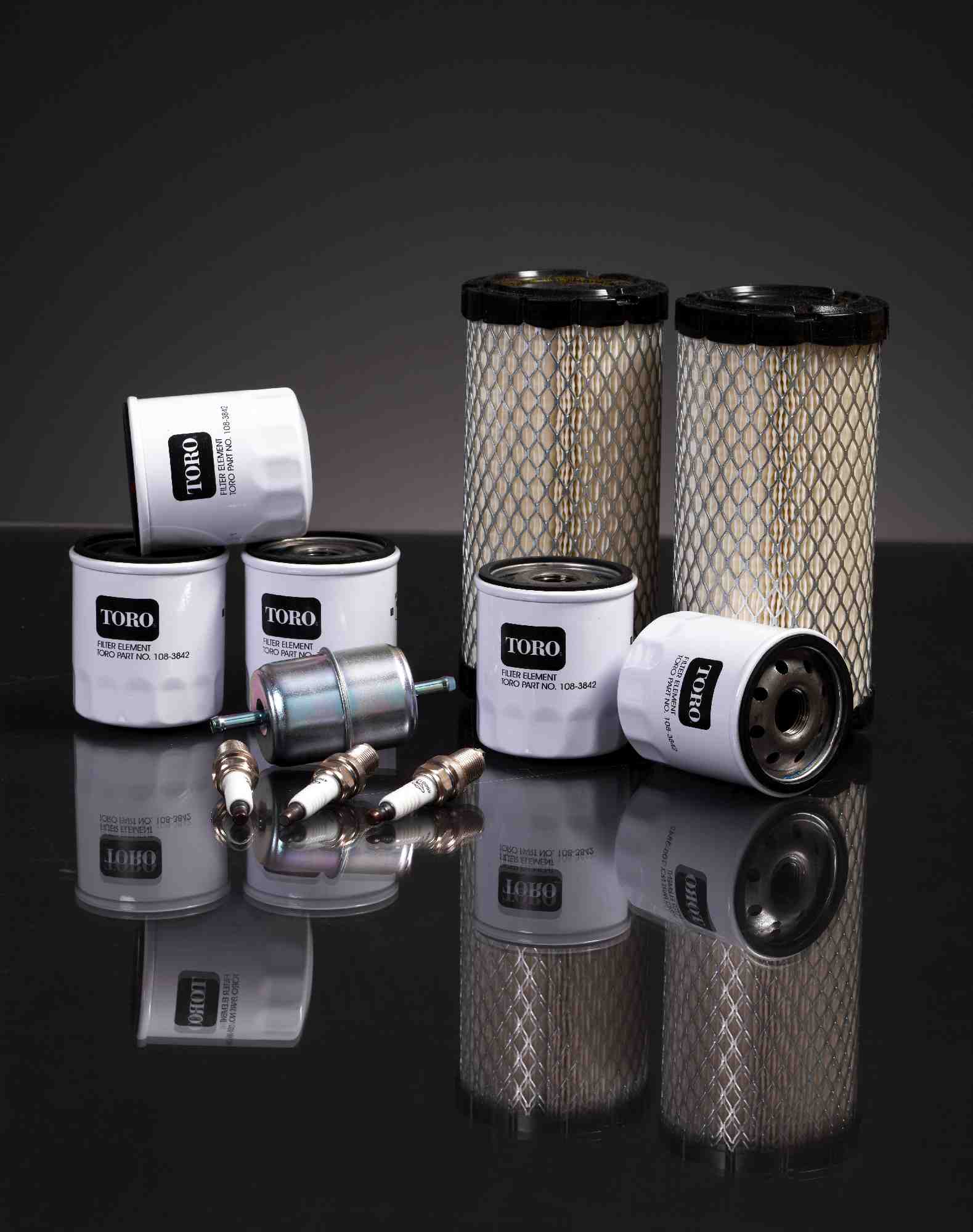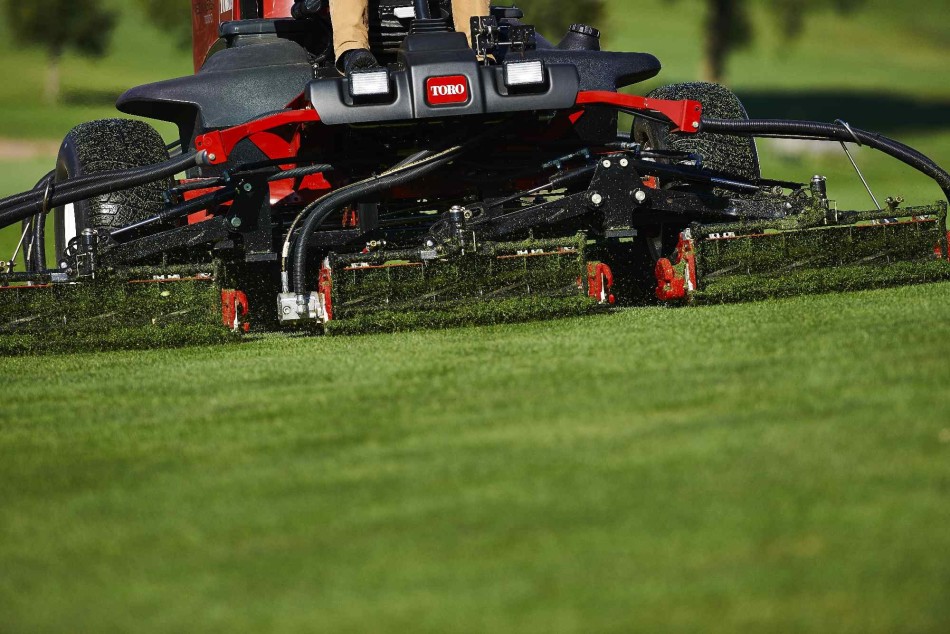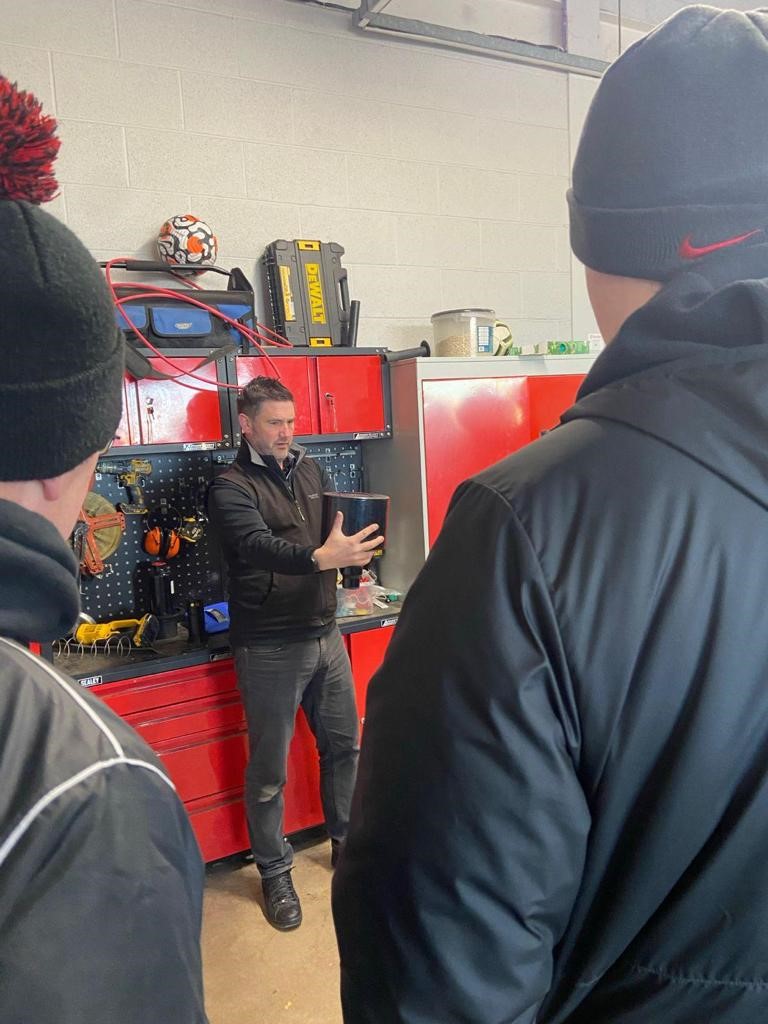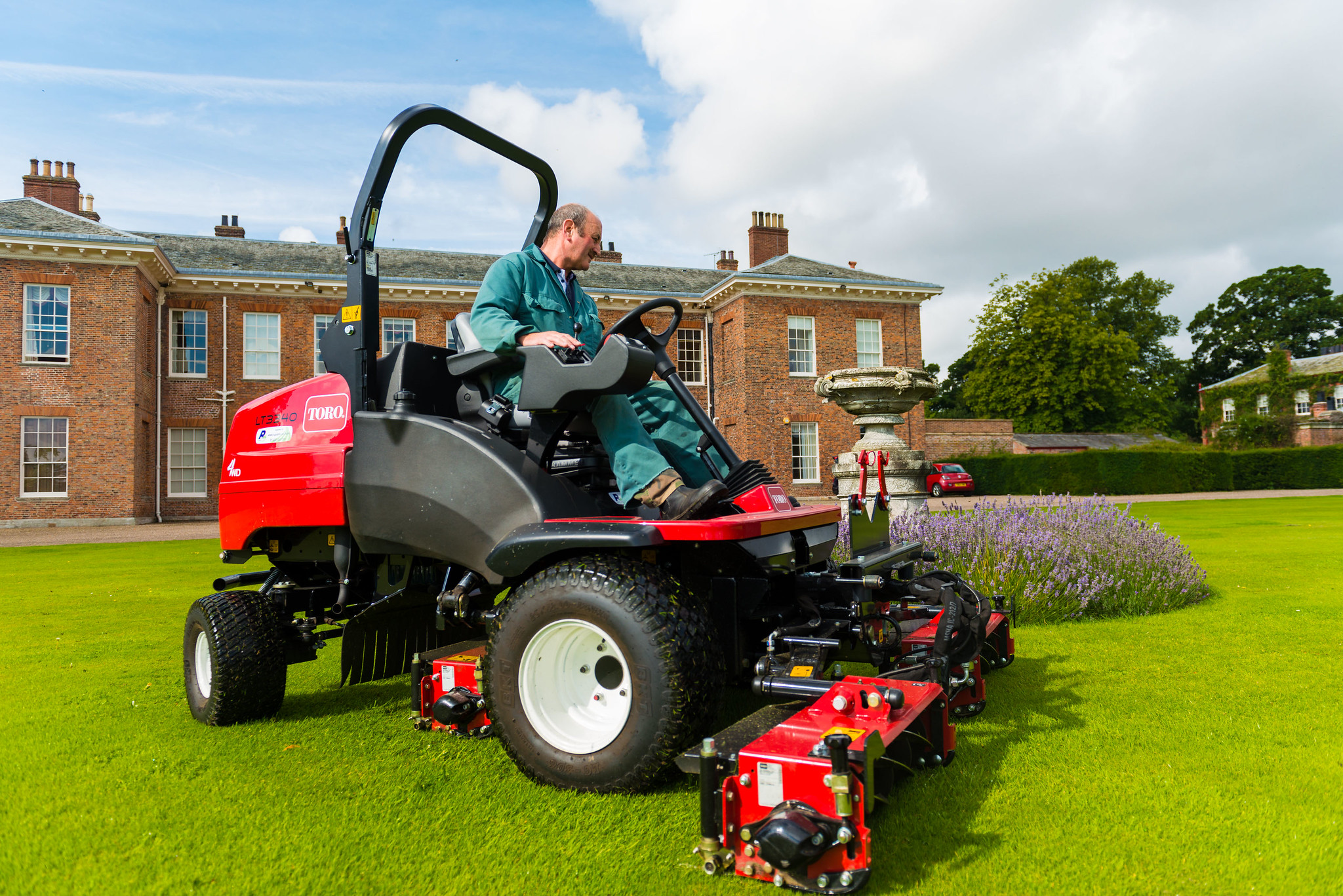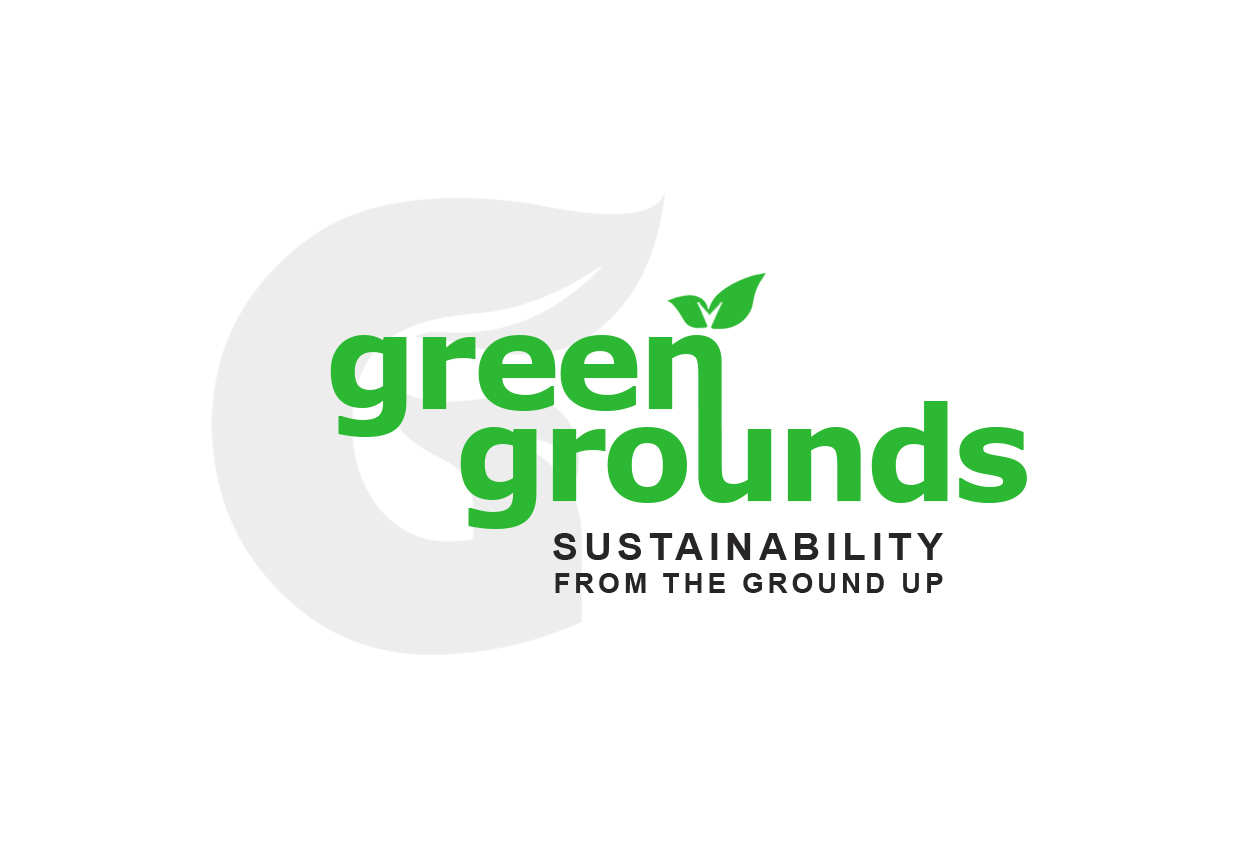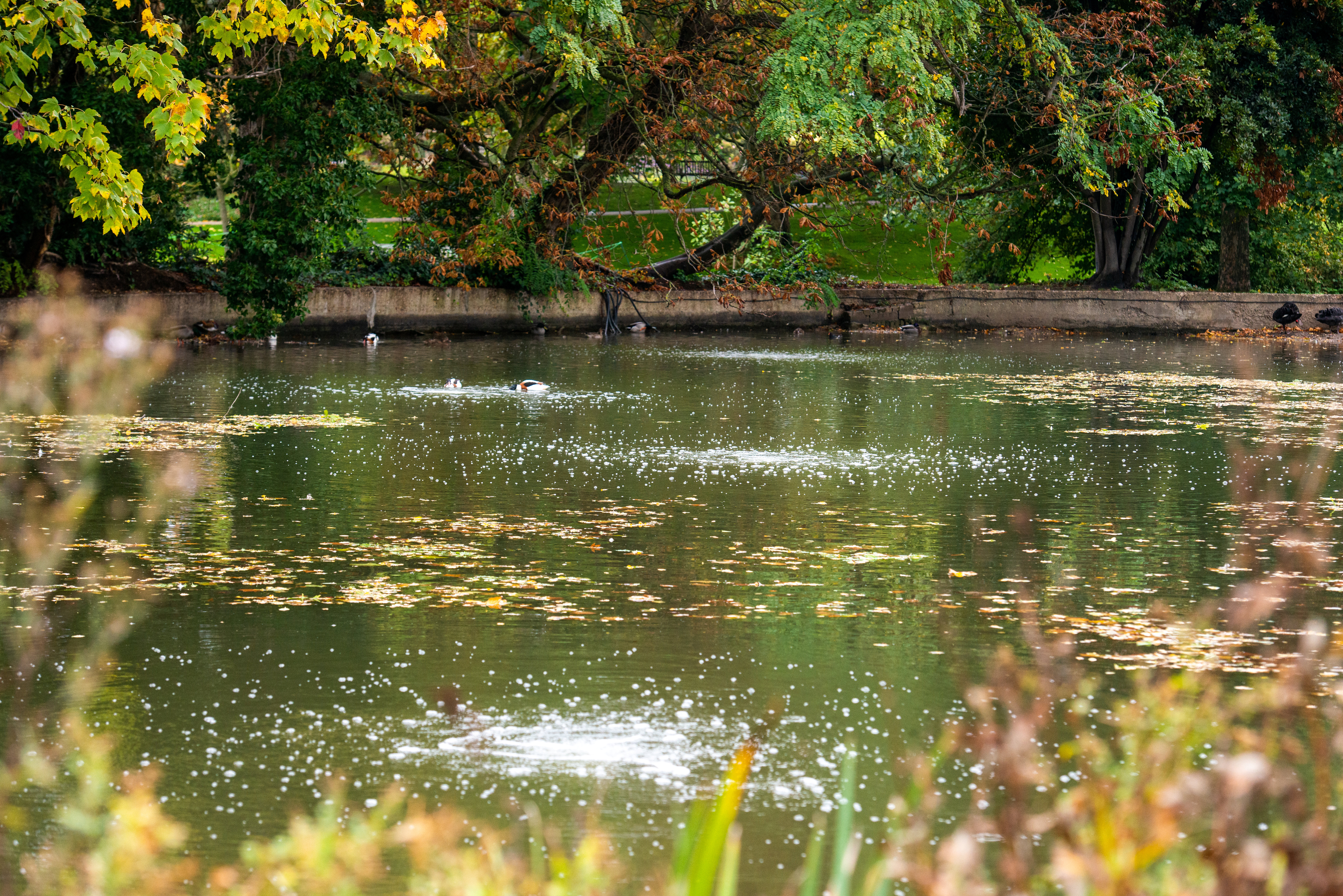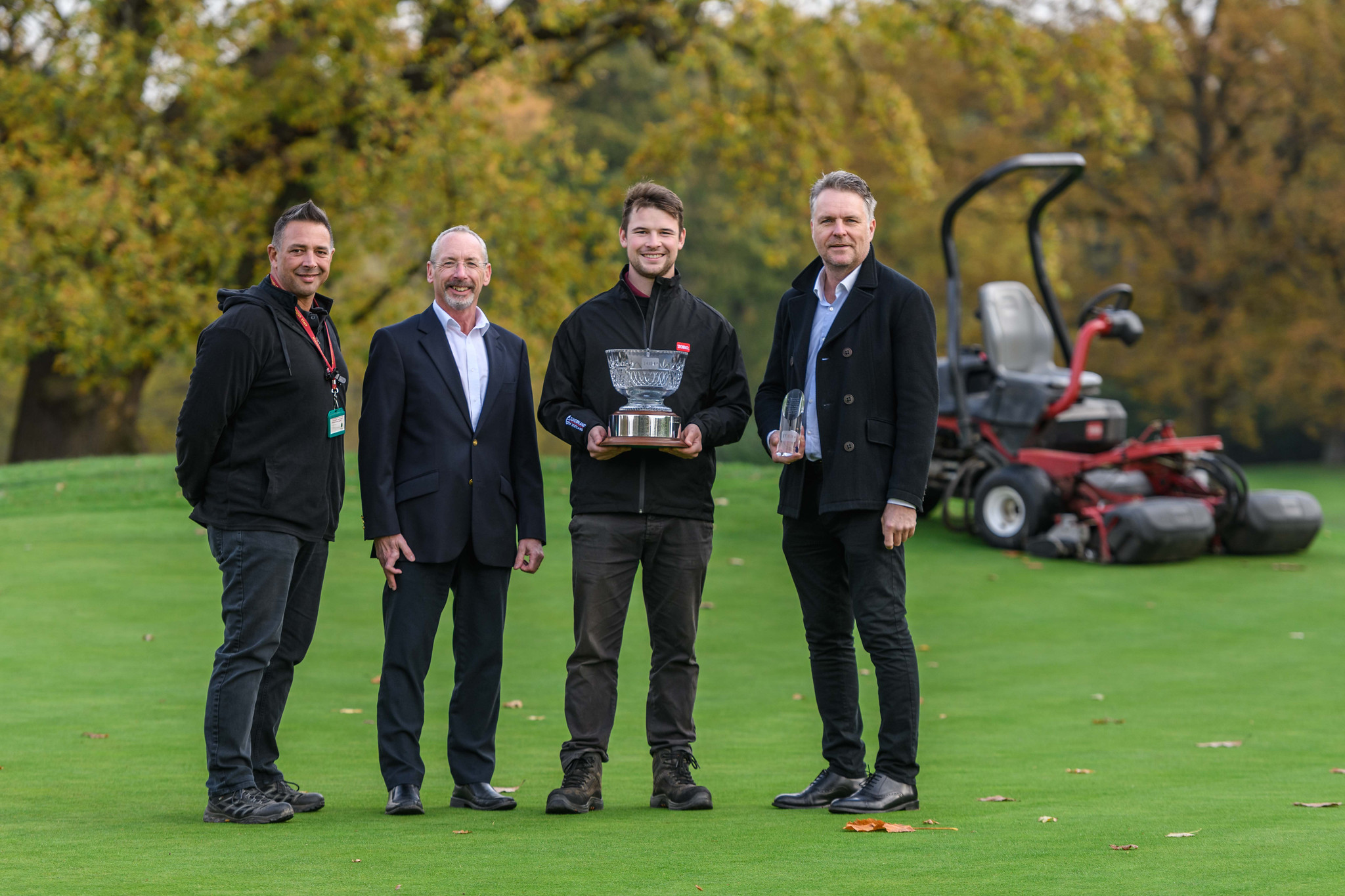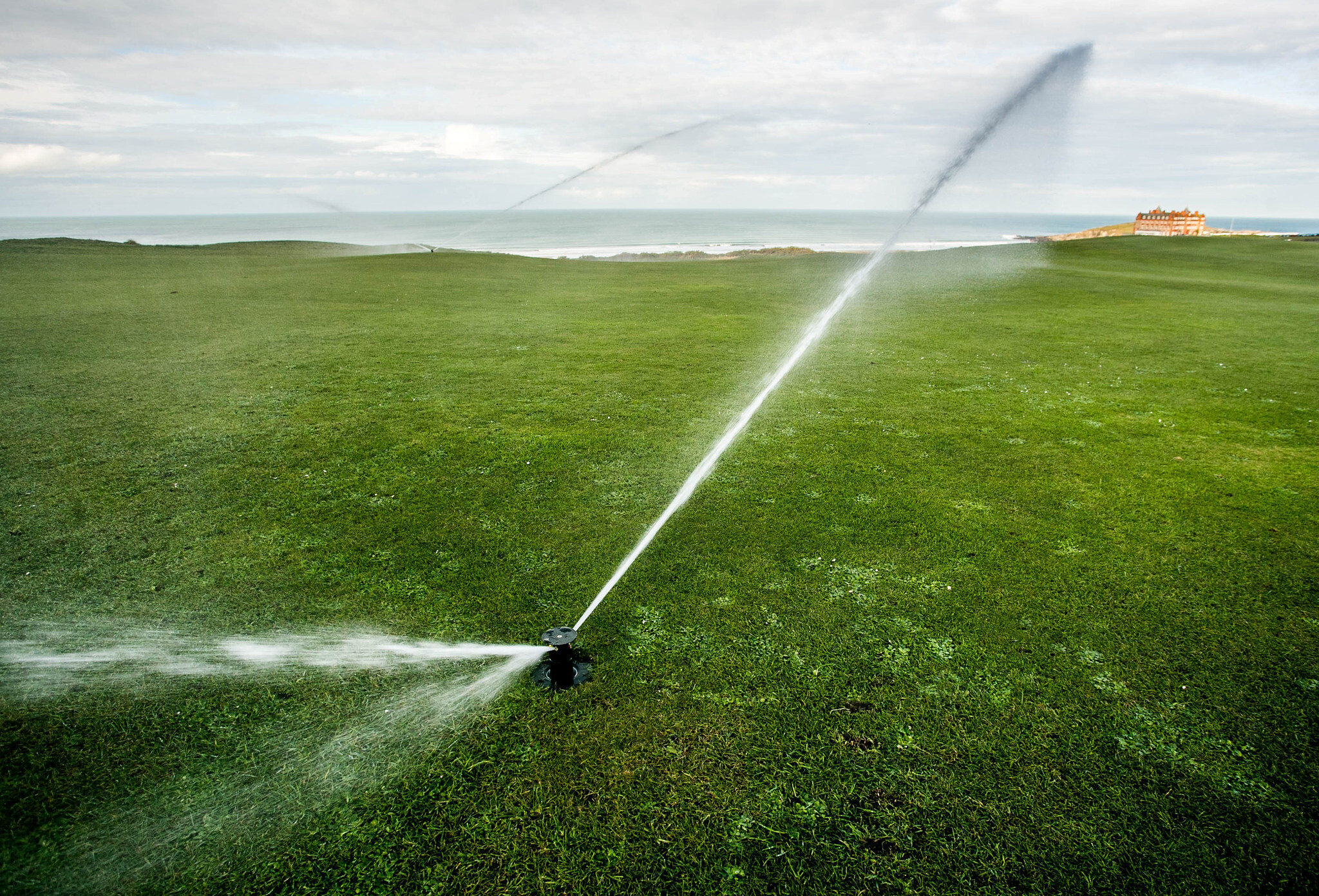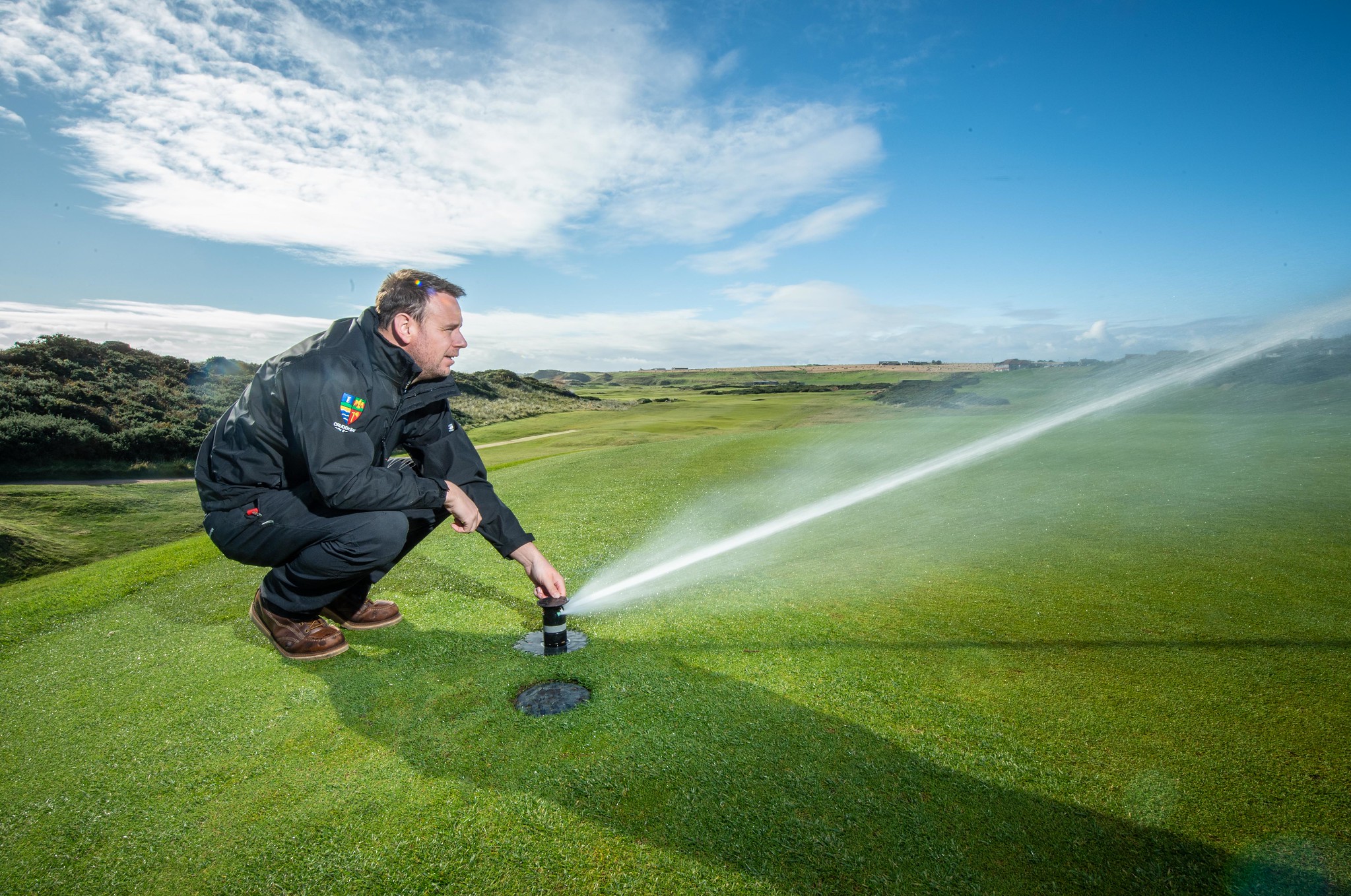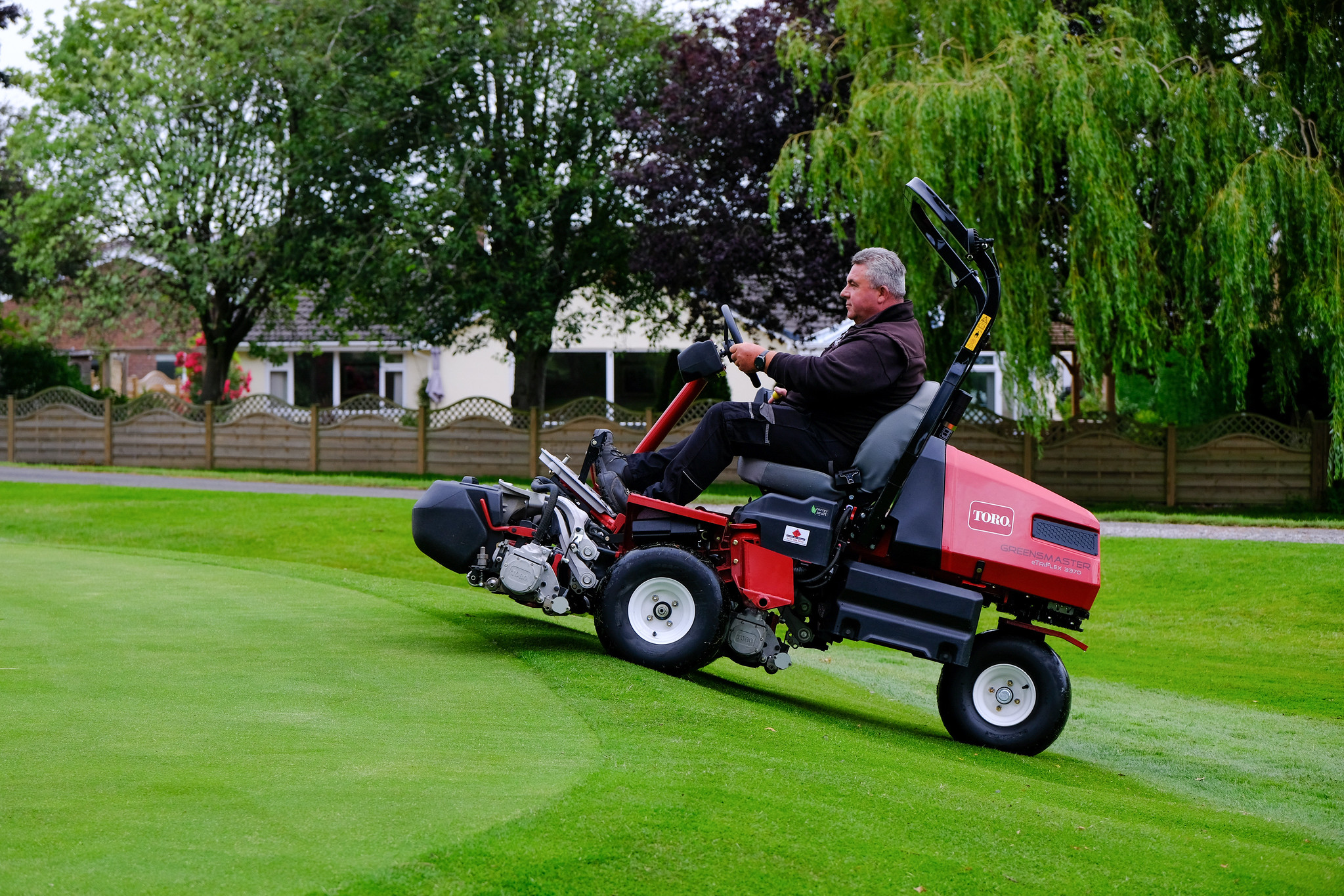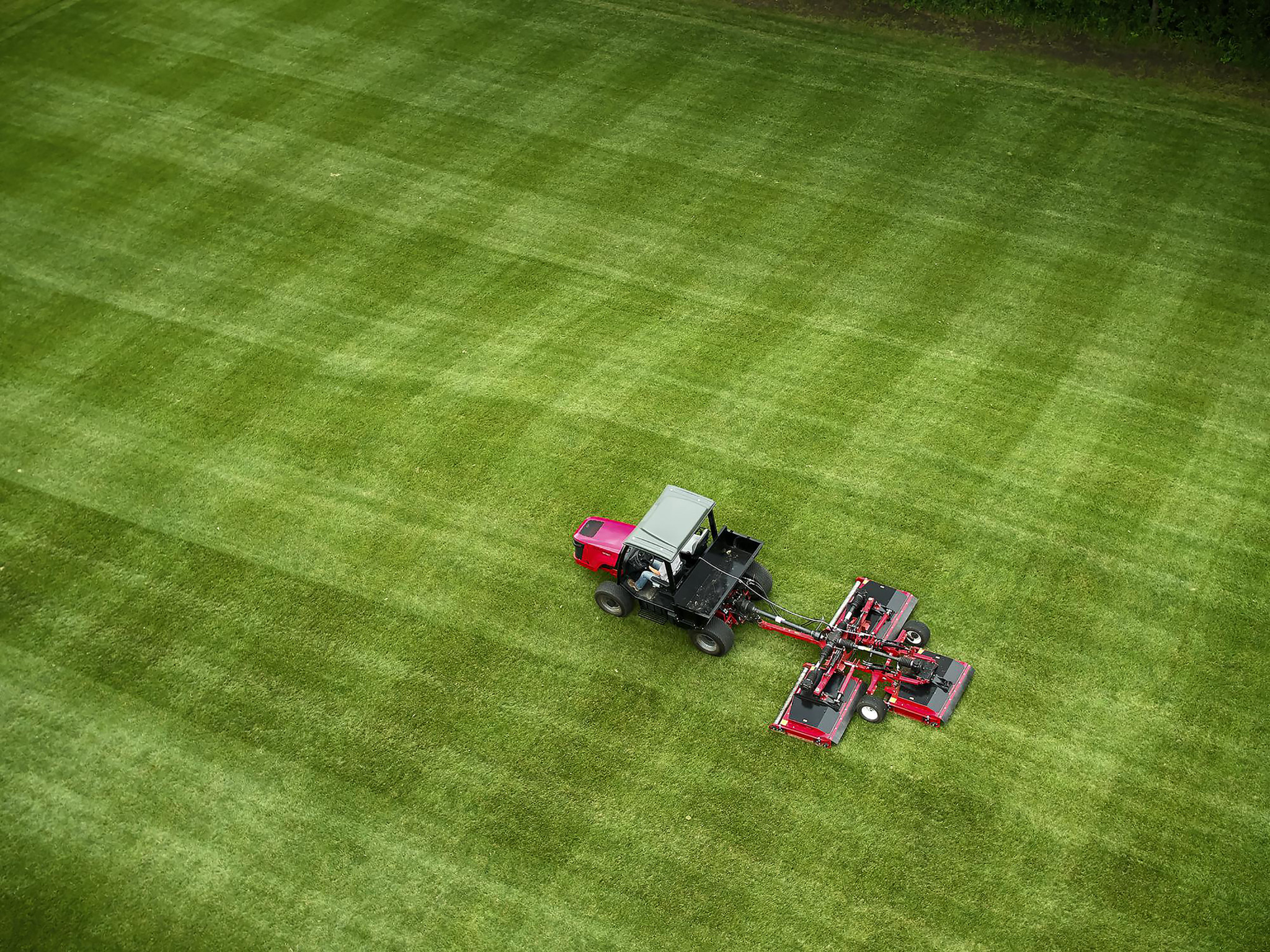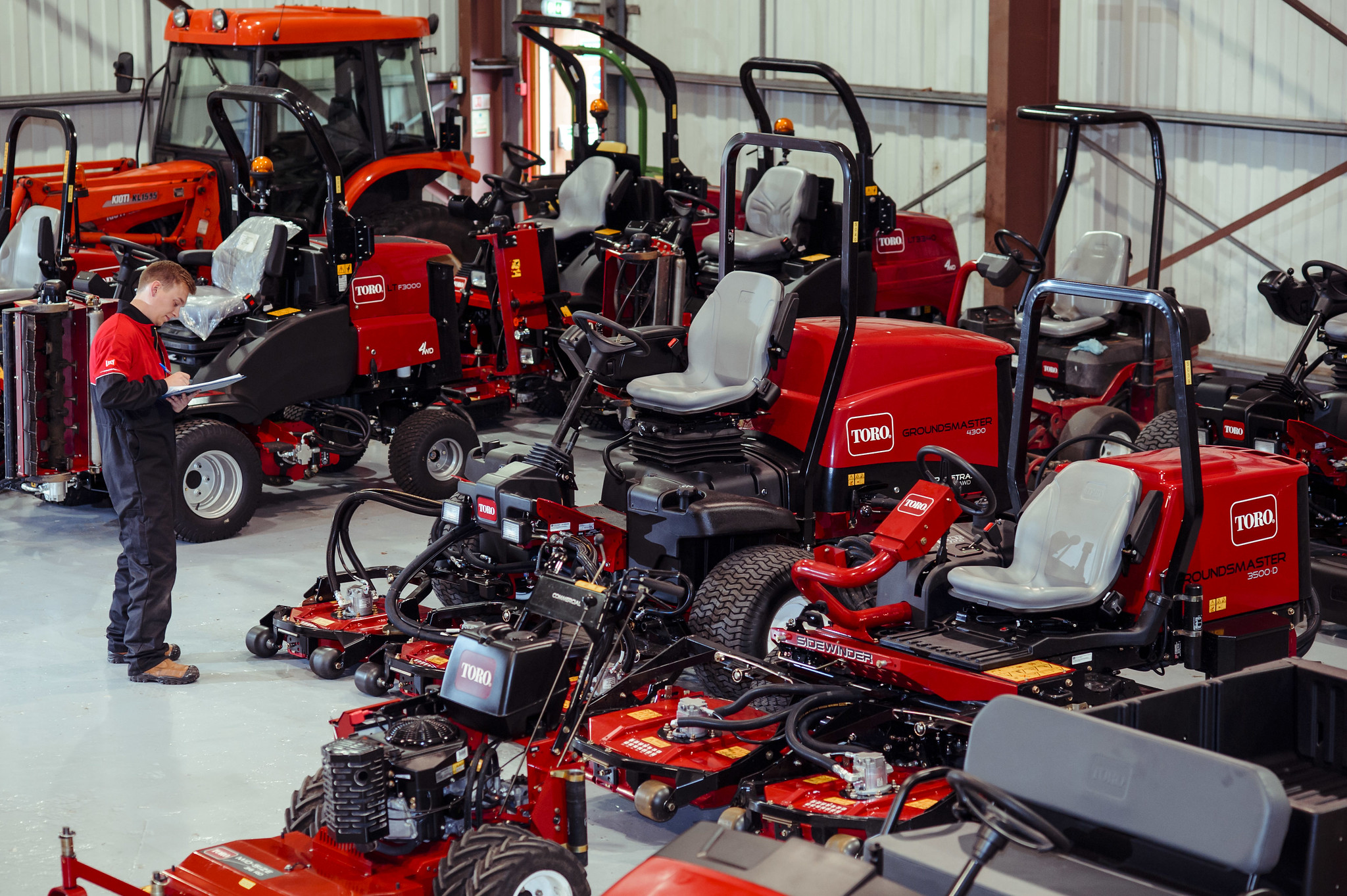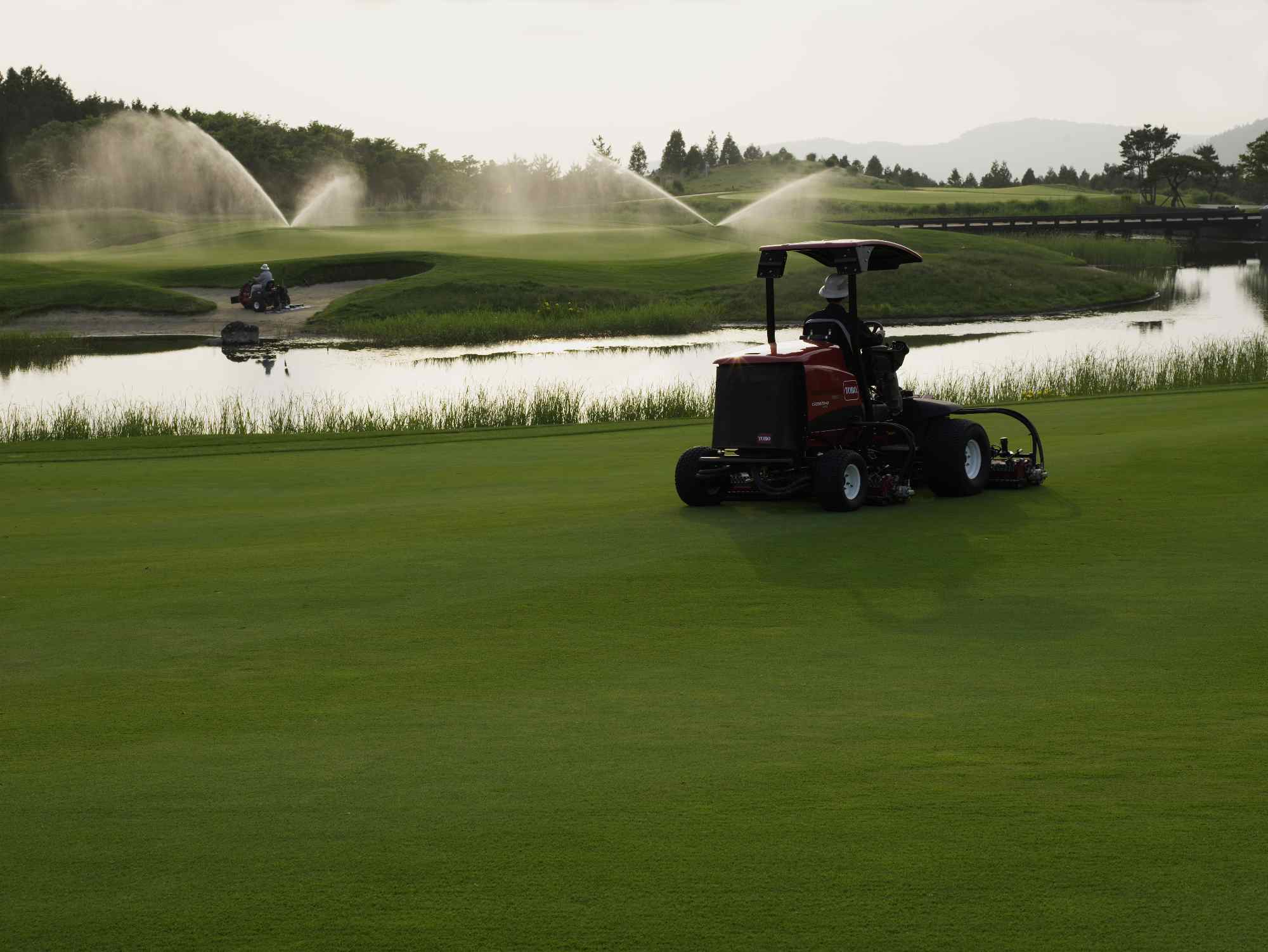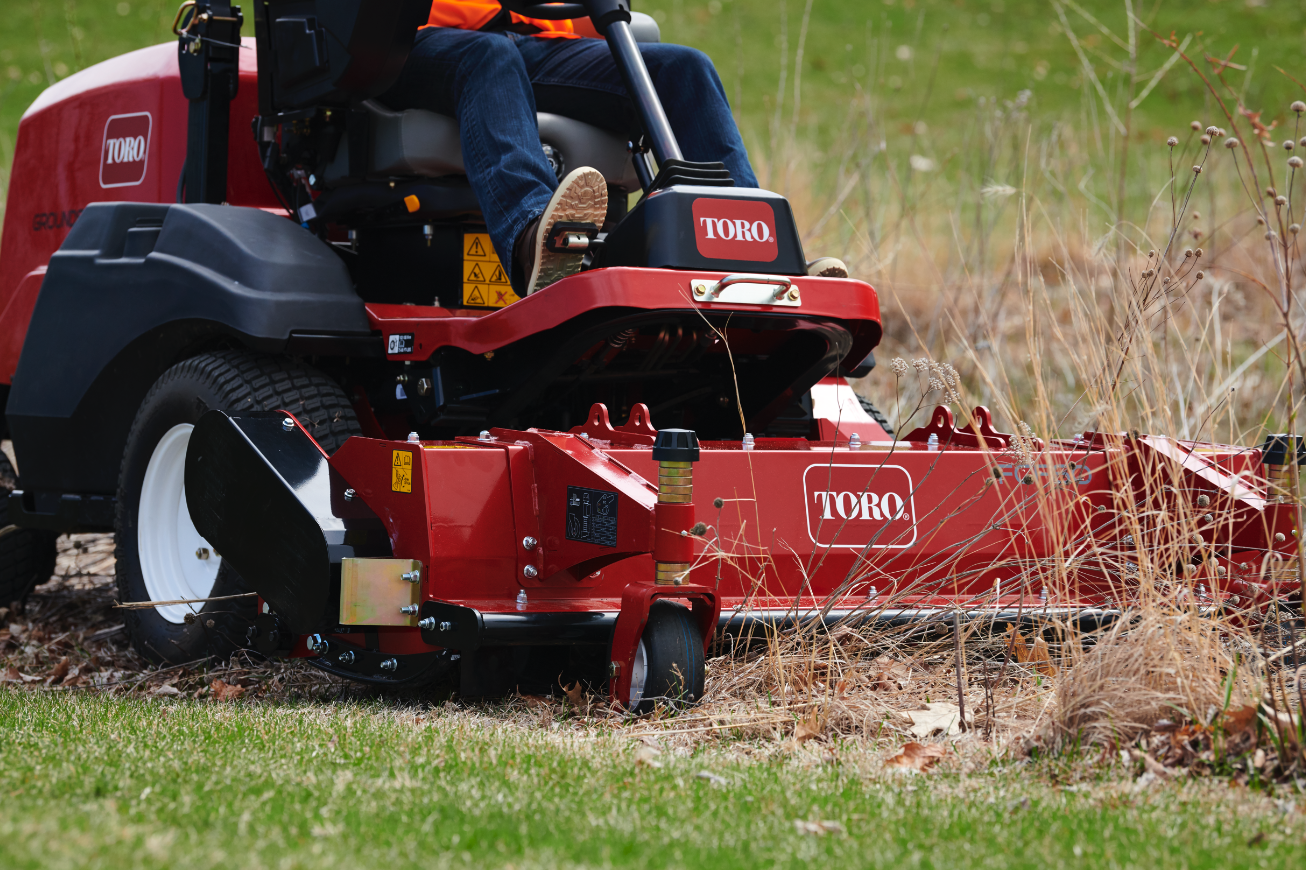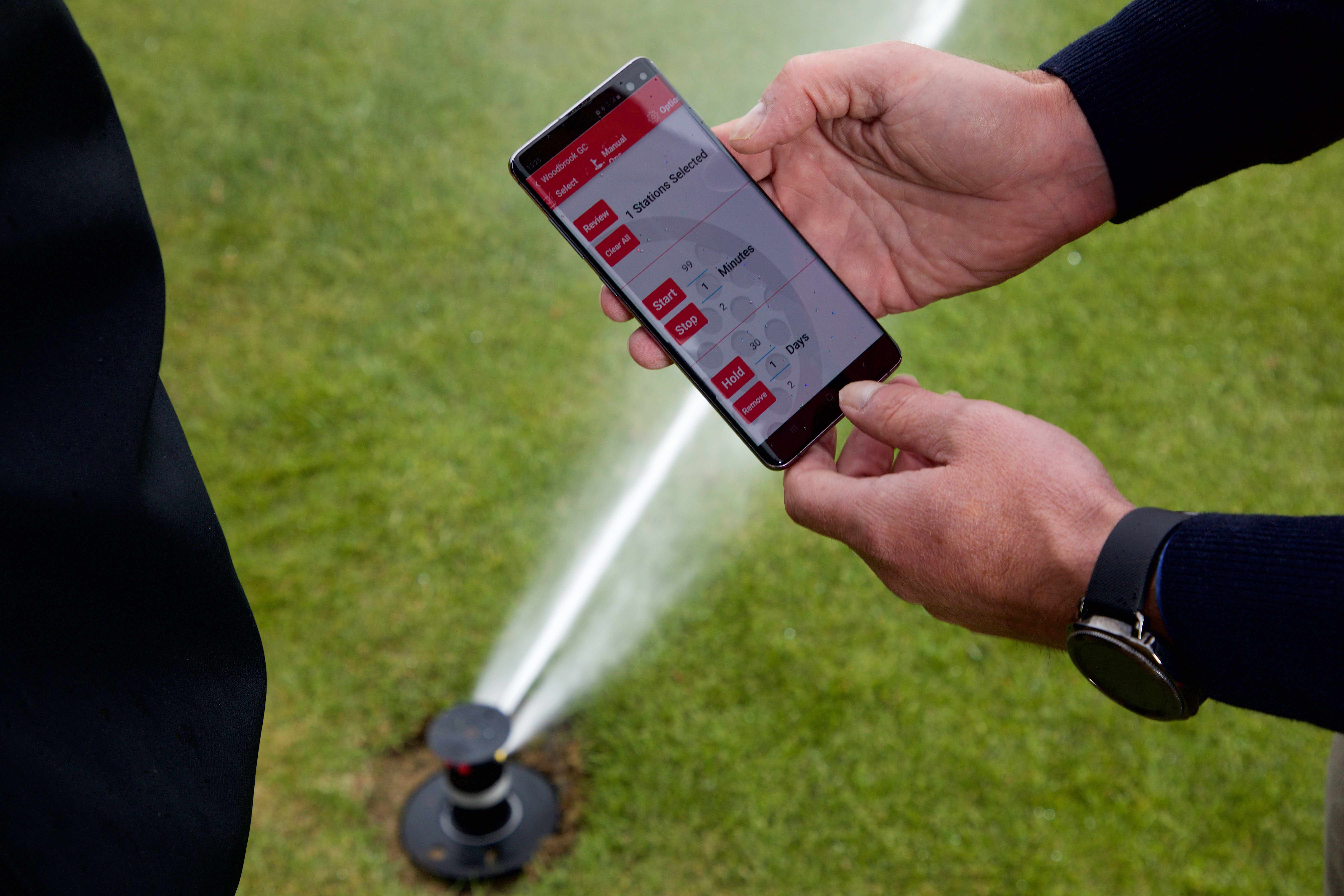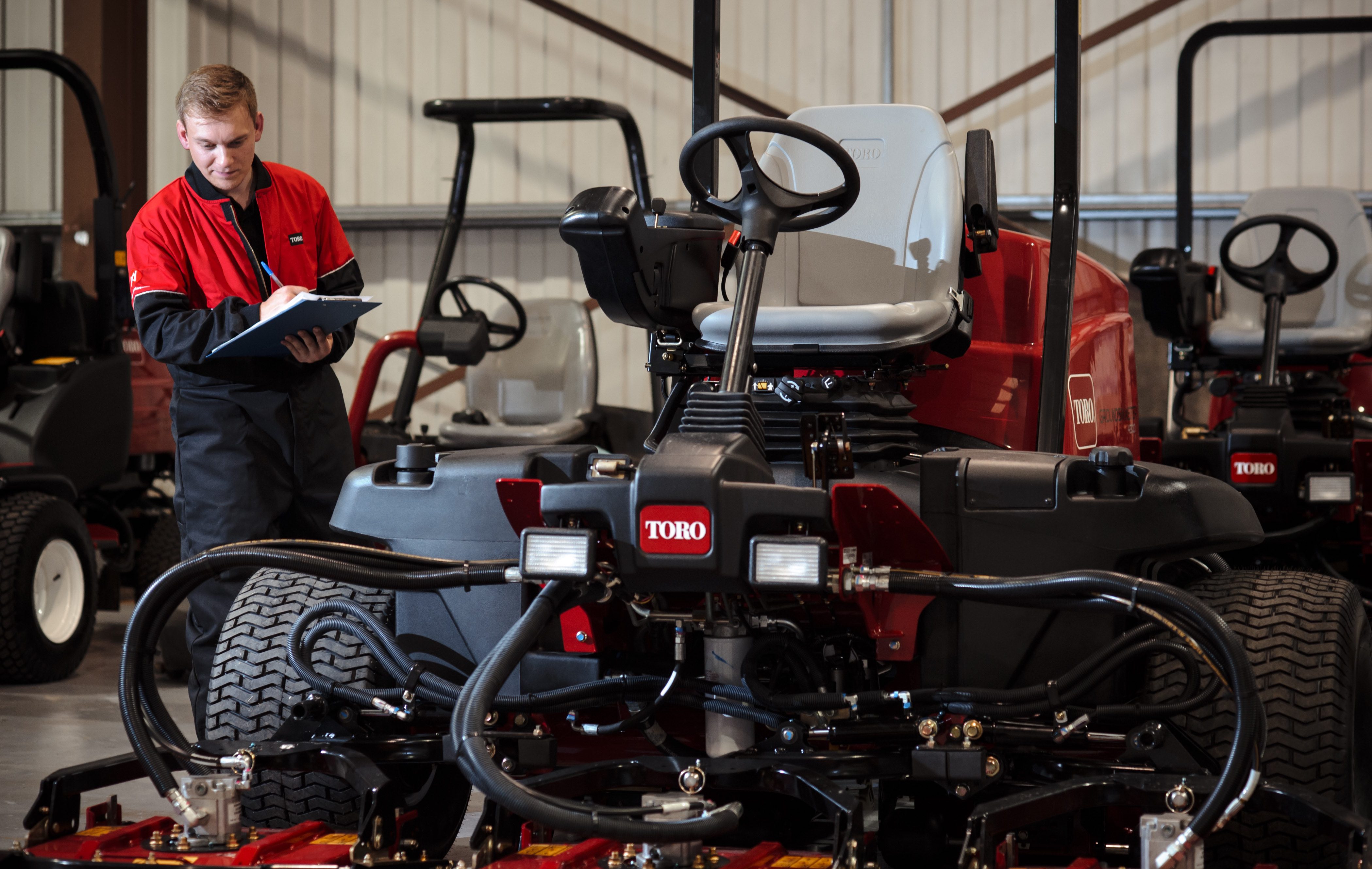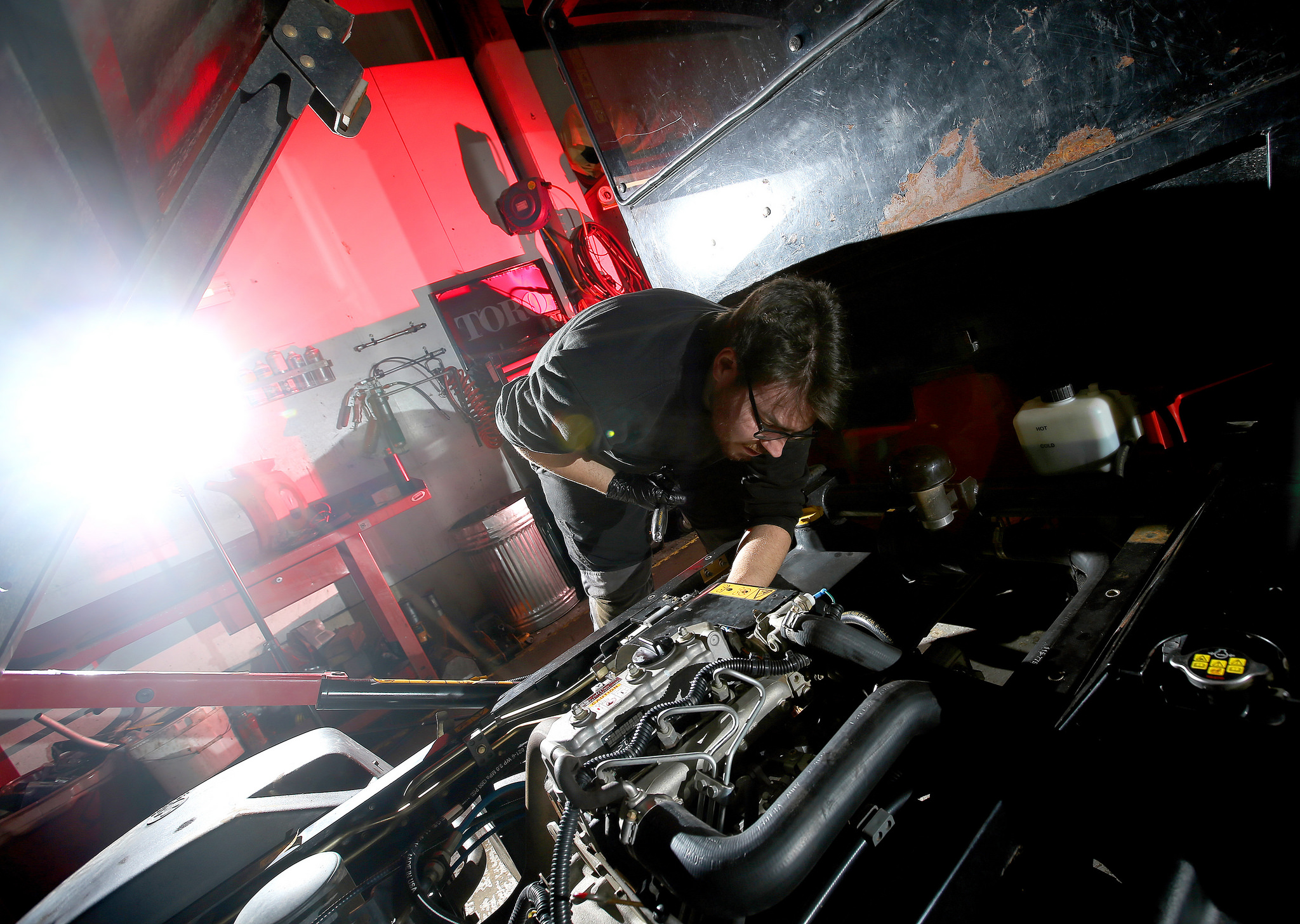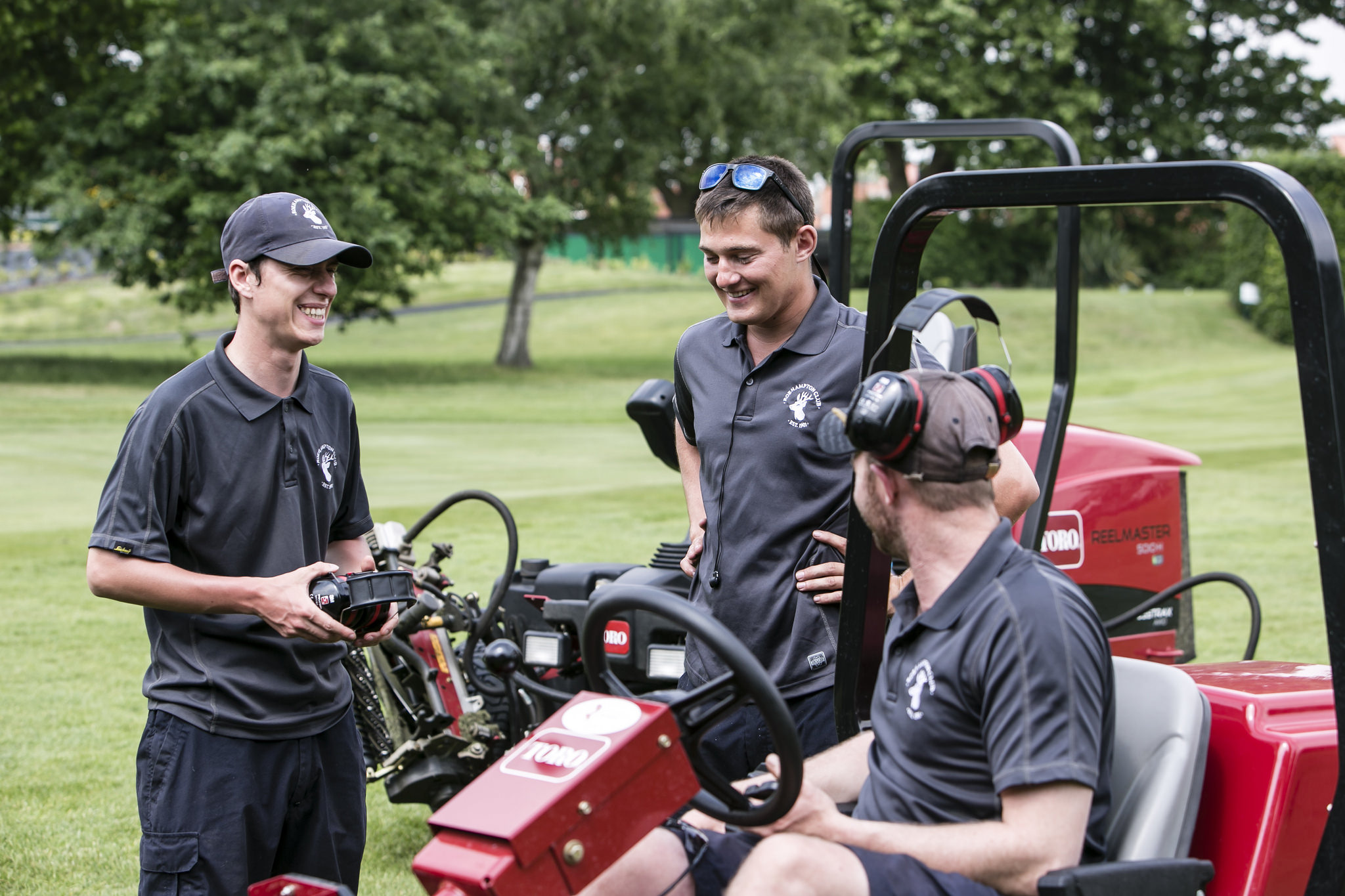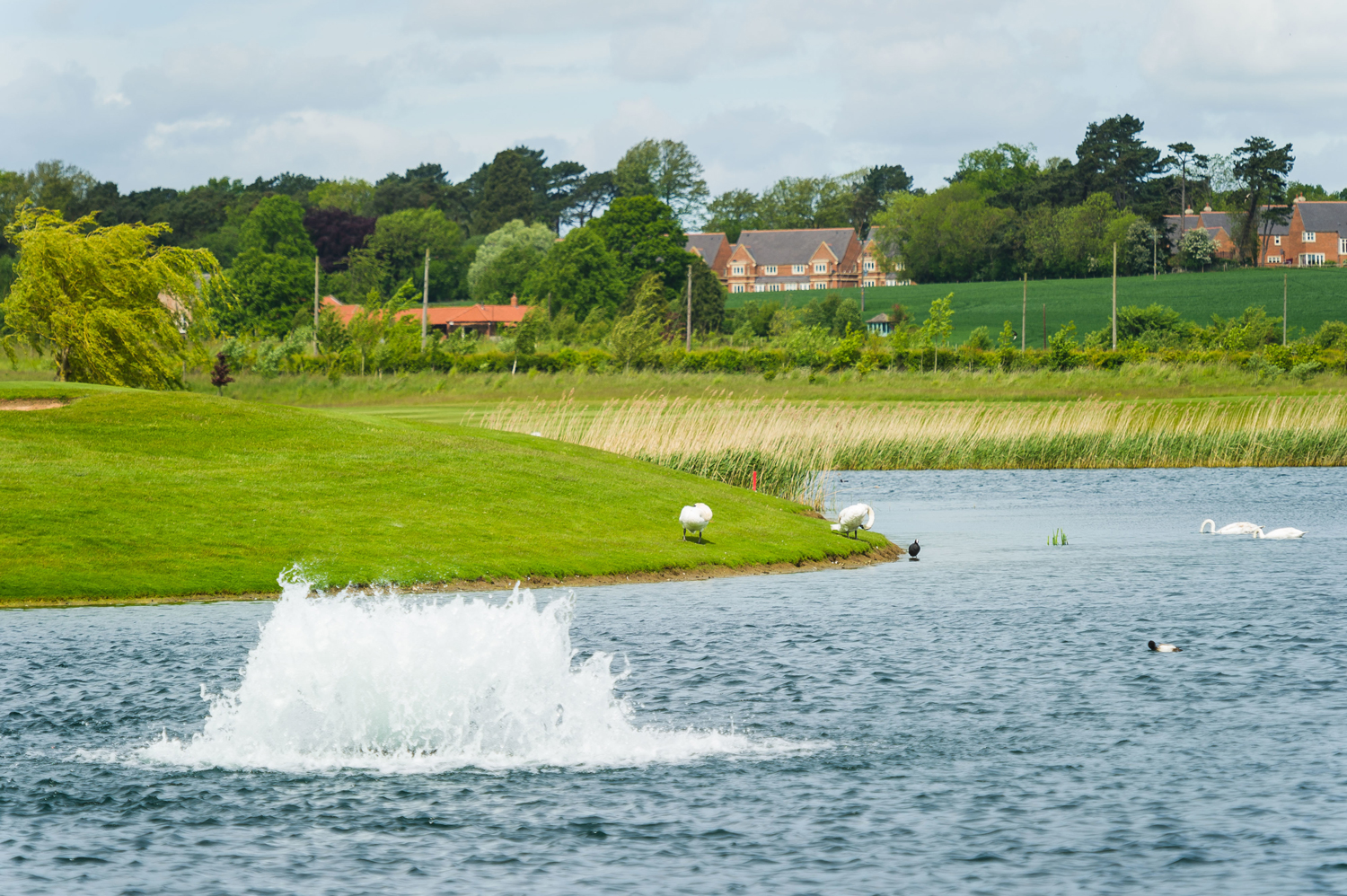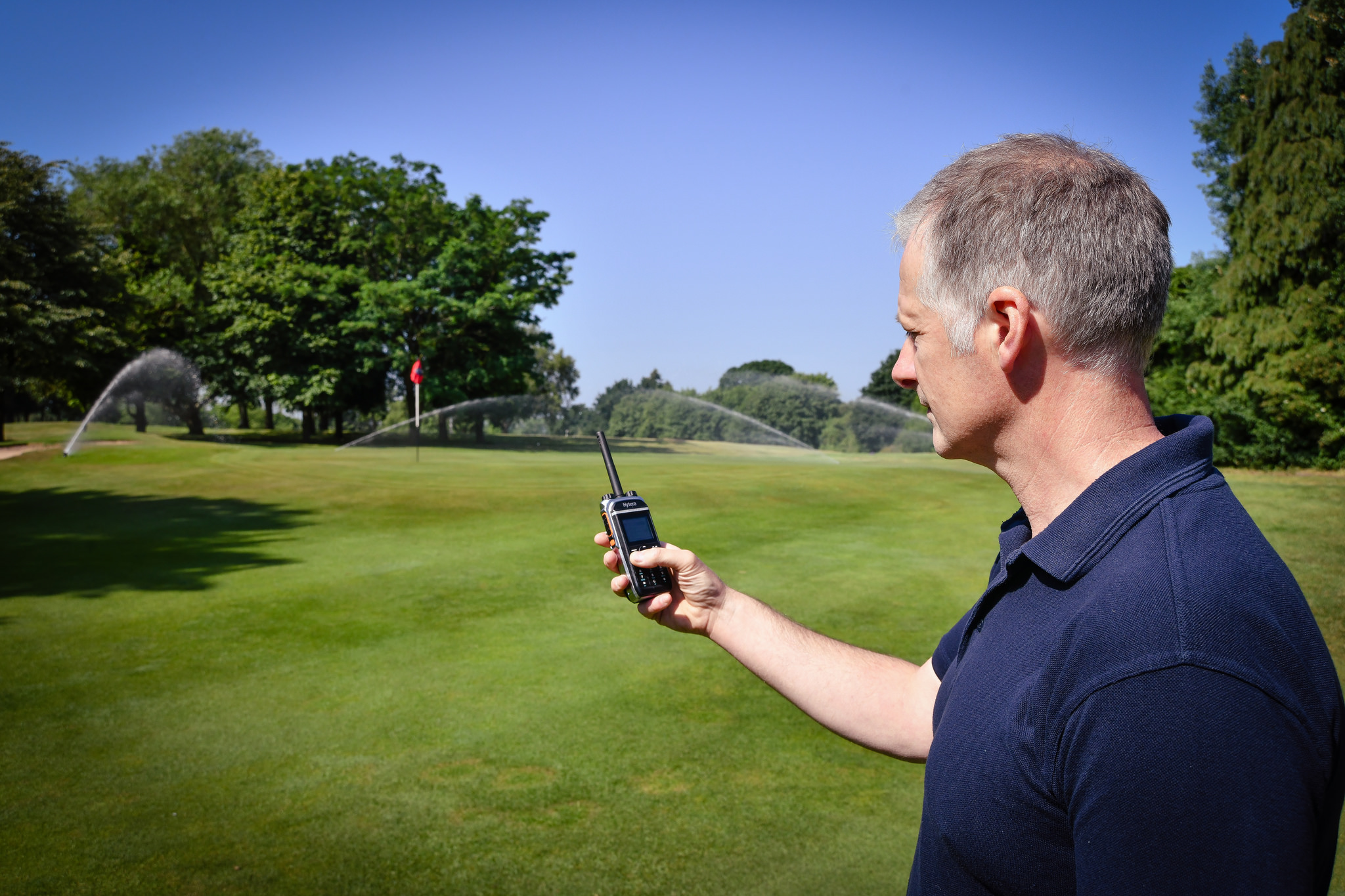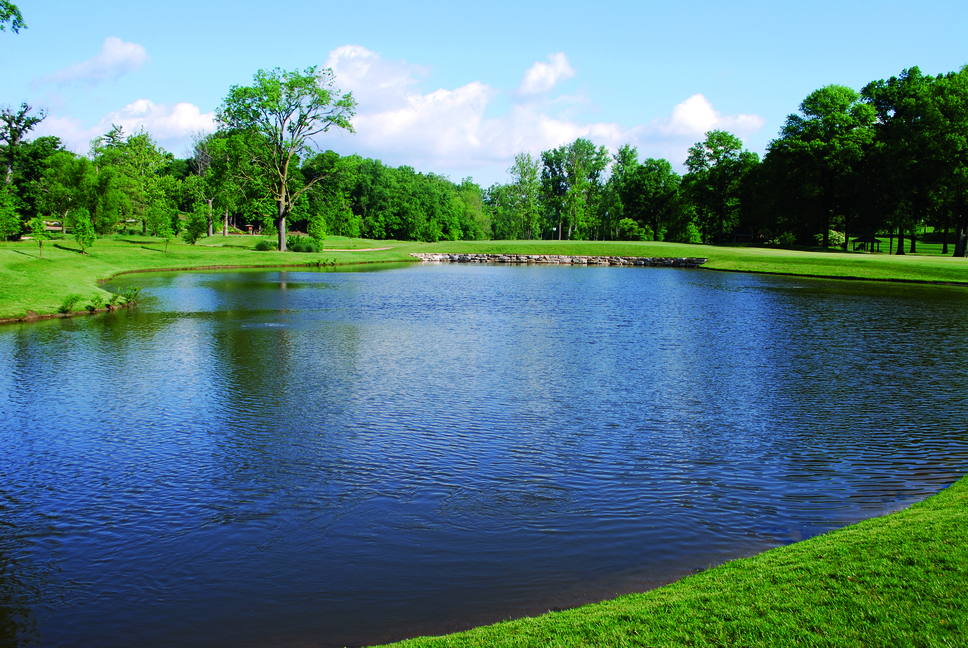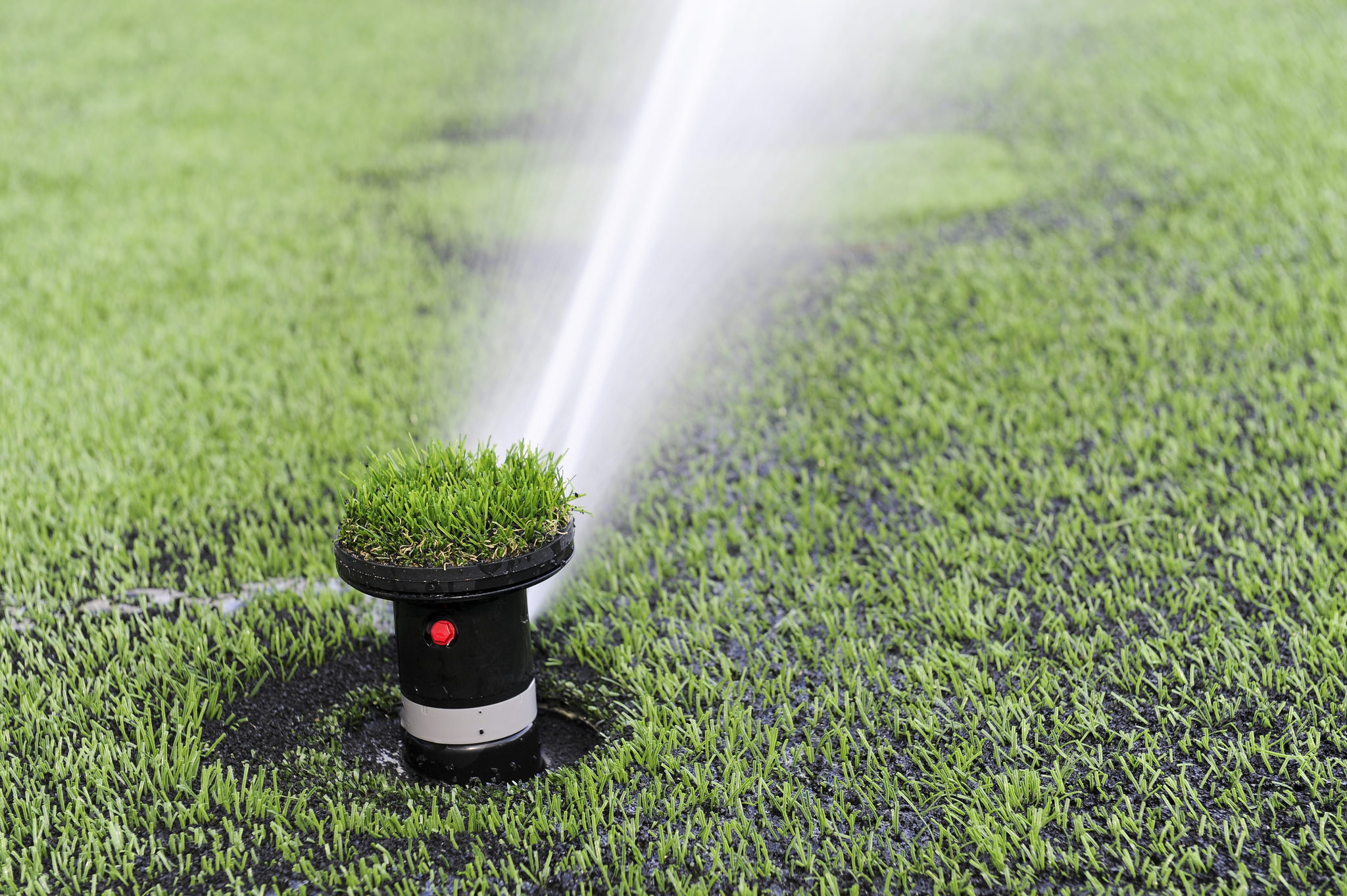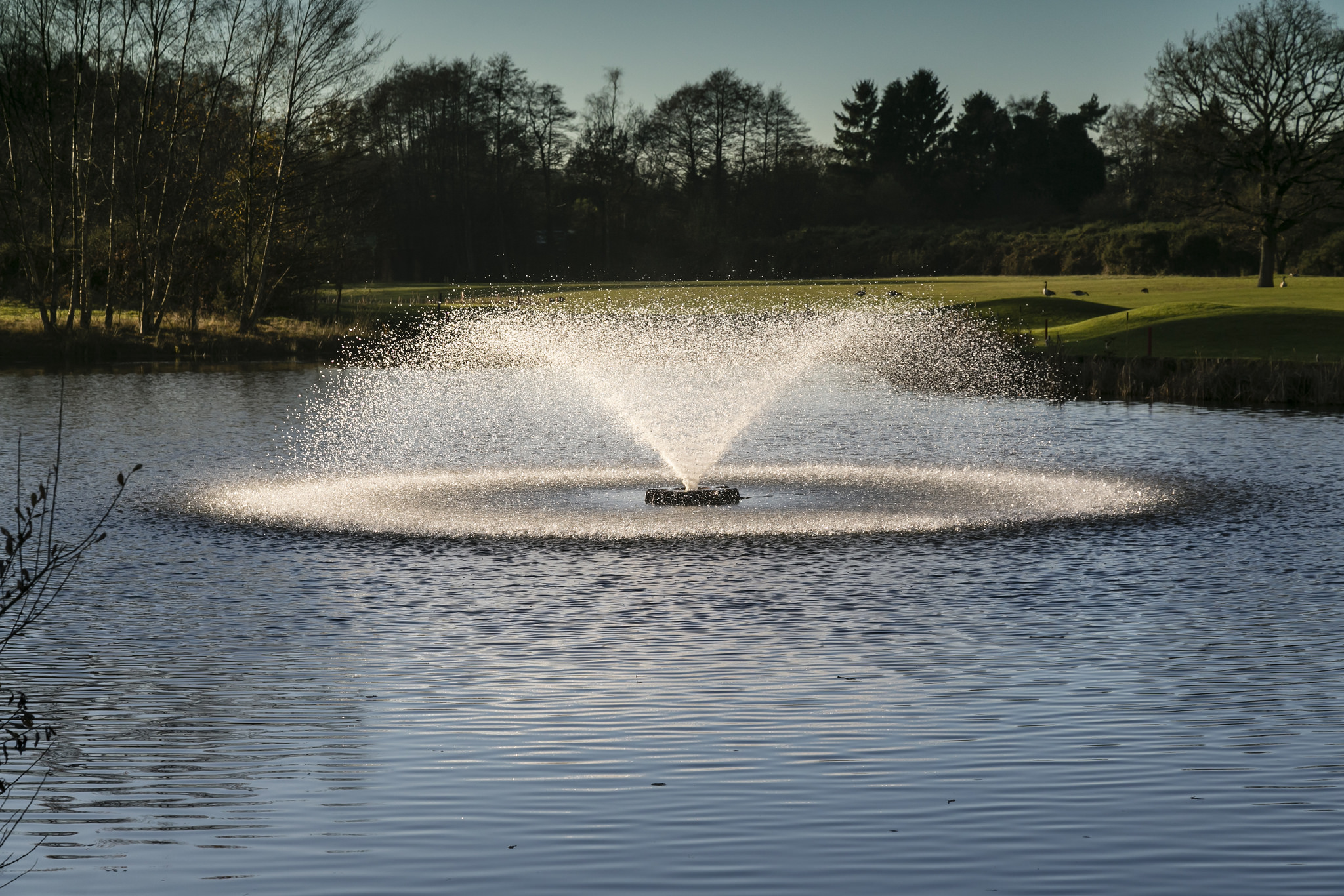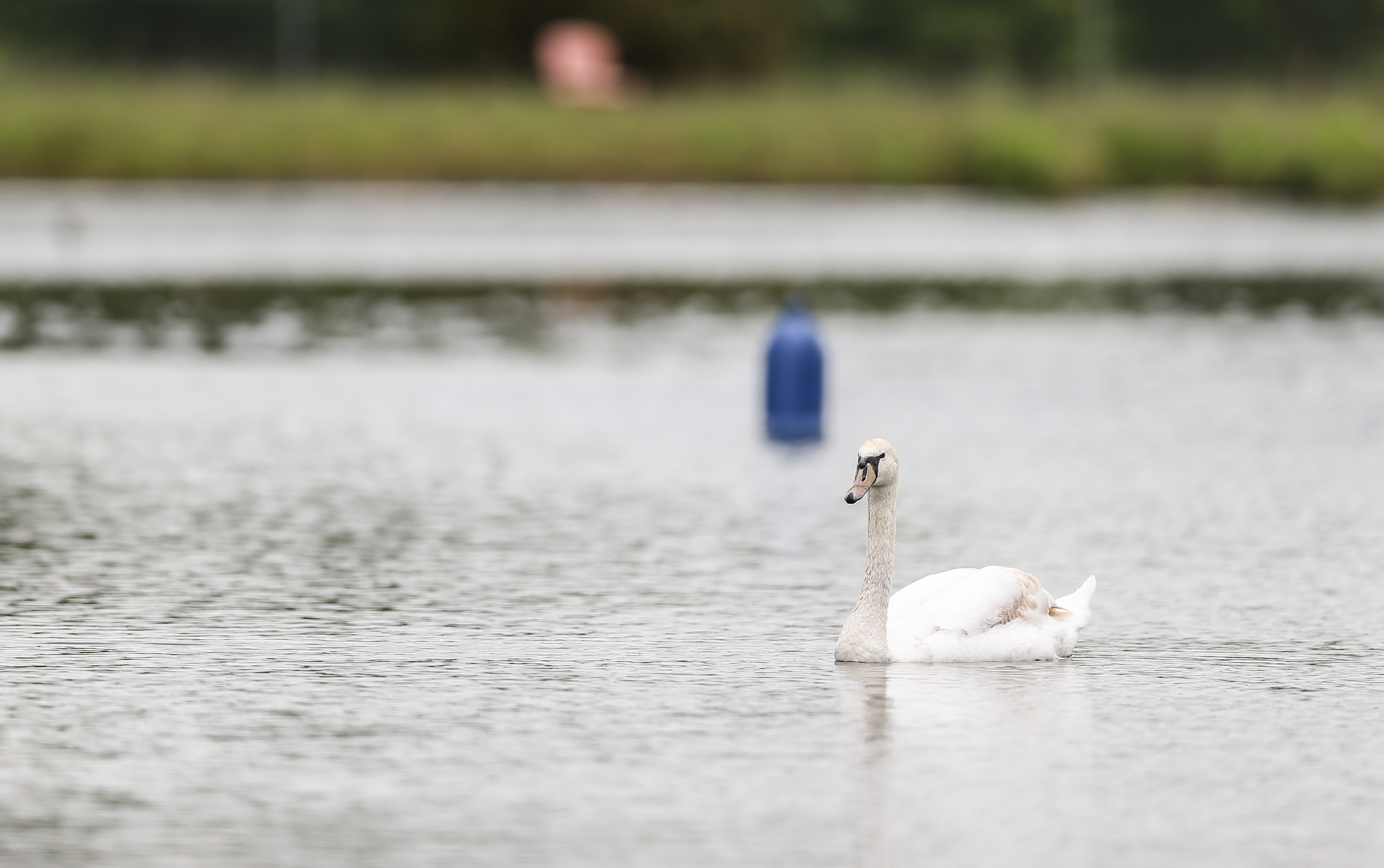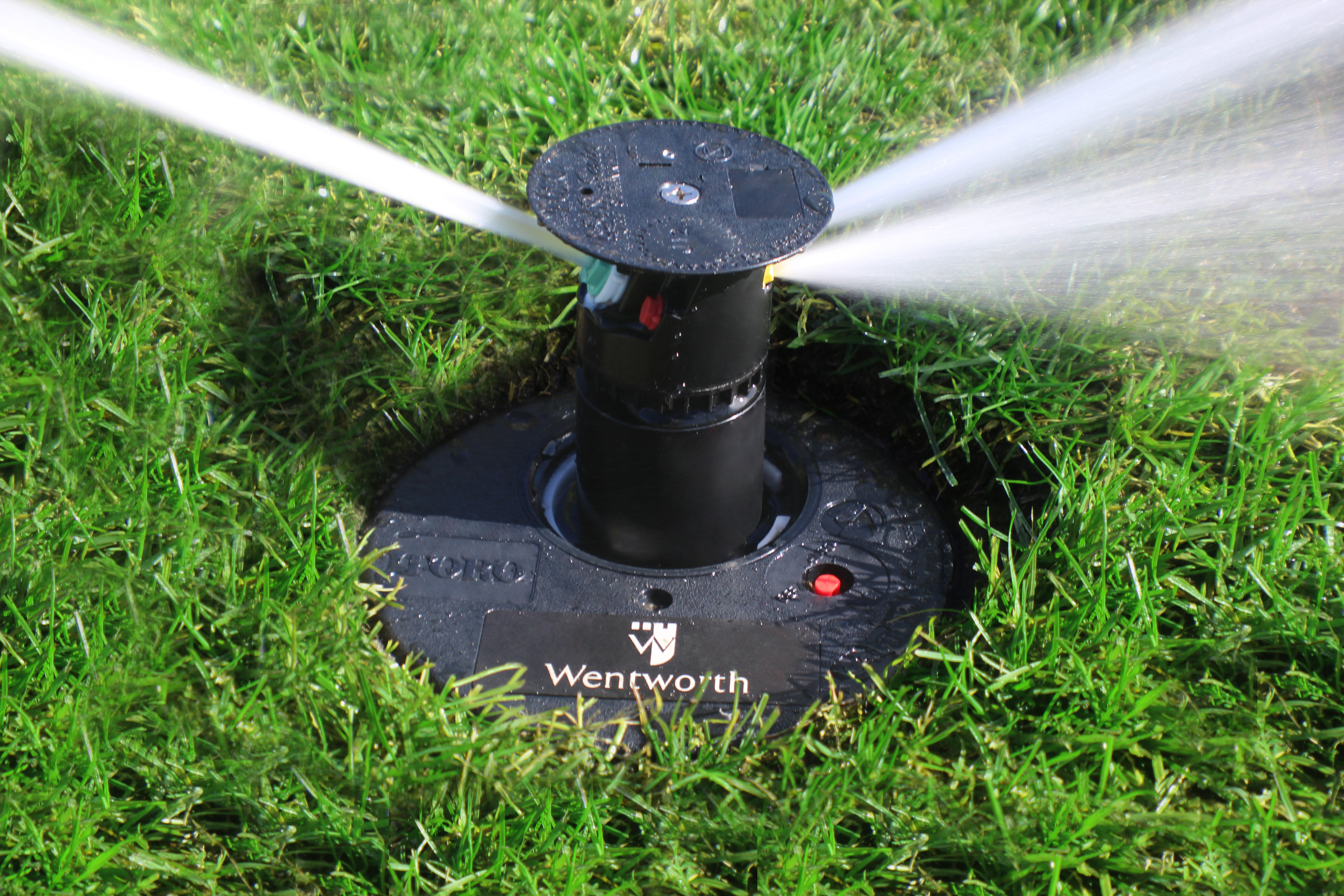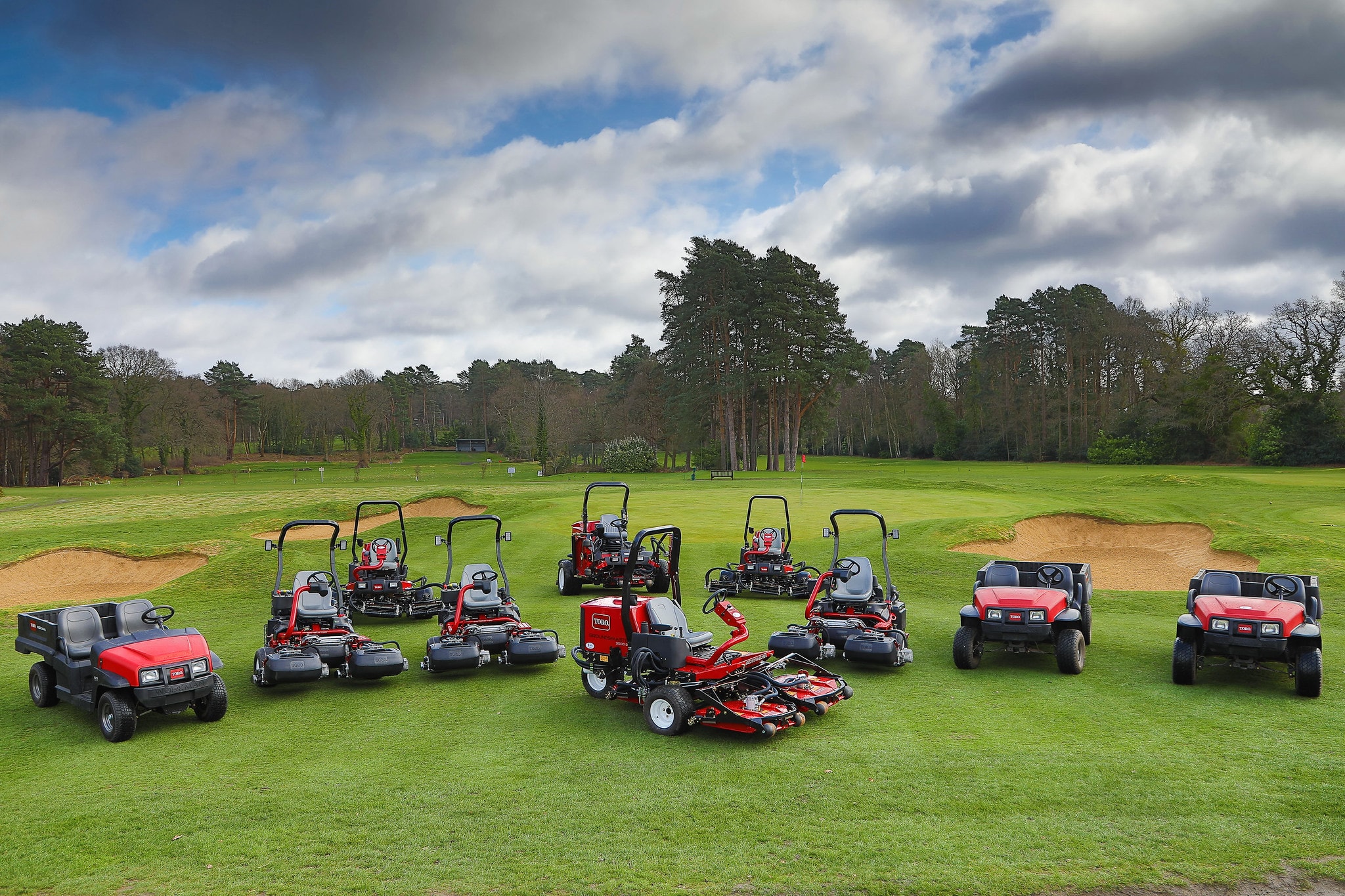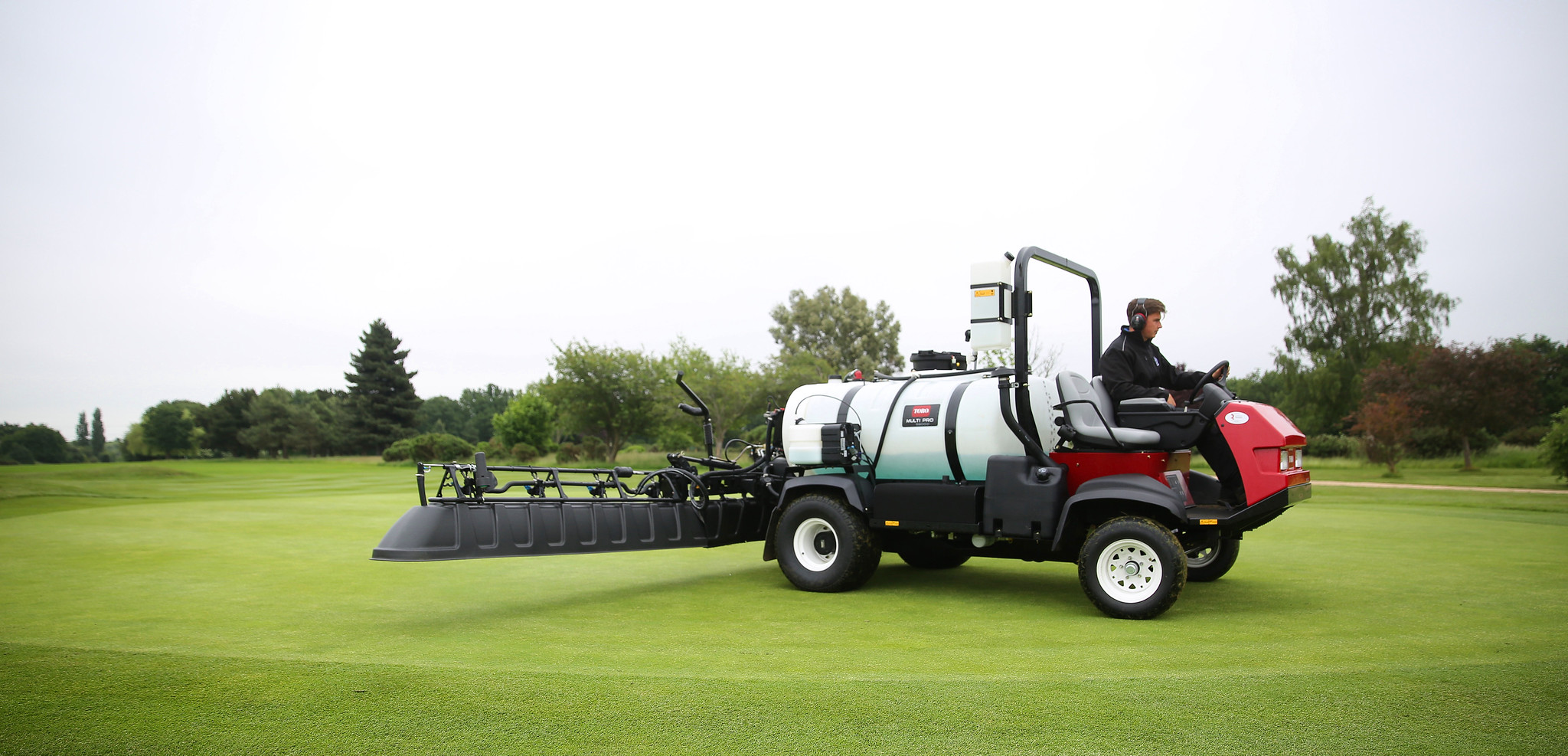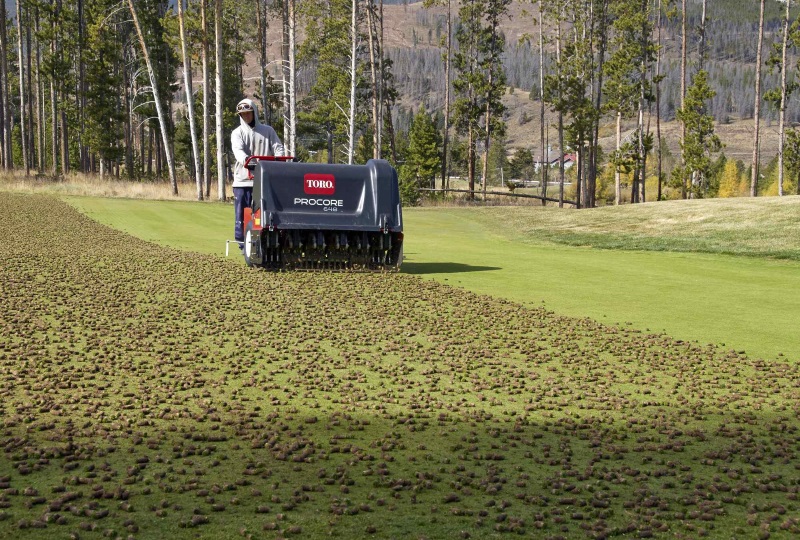- CONTACT US
- MOWERS
- VEHICLES
- APPLICATION
- Golf
- AERATORS
- VEHICLES
Aeration: The Name of the Game
CONTENTS
FEATURED STORIES

Robert Jackson
Toro Distributor Reesink Turfcare’s Irrigation Manager
Reading time: 8 minutes
With online sales skyrocketing in recent years, the aeration market has become filled with a mass of products for ponds, lakes and reservoirs – so how do you find the right product for you?
In order to find the right aeration system for your club, having an understanding of what aeration is and which systems are best is vital. But first, let’s define our key terms.
What is water aeration?
Dissolved oxygen allows aquatic plants, animals, and beneficial bacteria to respire. In an artificial pond or lake environment, however, adequate dissolved oxygen must be added during day and night, as plants and bacteria need oxygen continually.
It is a hard balance to strike, but the right amount of dissolved oxygen in the water will help keep plant and aquatic life healthy and aid beneficial bacteria who make sure the ecosystem is balanced.
Aeration, then, is an effective water quality management tool that adds dissolved oxygen to water, preventing the negative, often harmful side effects caused by a lack of oxygen.
Why is aerating water important?
Without proper aeration, your lake, pond or reservoir could see a multitude of issues arise. Take a shallow pond, for instance, there are four main symptoms that will appear when there isn’t enough oxygen:
- excessive algae,
- pond weed,
- bad odour, and finally,
- dead fish.
Similar consequences occur in large bodies of water, too. When it comes to maintaining your water body, you have two options: wait and see if symptoms appear before trying to fix them, or take preventative measures.
Now more than ever, ensuring you have the right aeration system is important. Demand for aerators has grown with populations, and nonpoint pollutants such as phosphorus, fertiliser, and road run-off have increased dramatically. The impact on our water bodies is palpable.
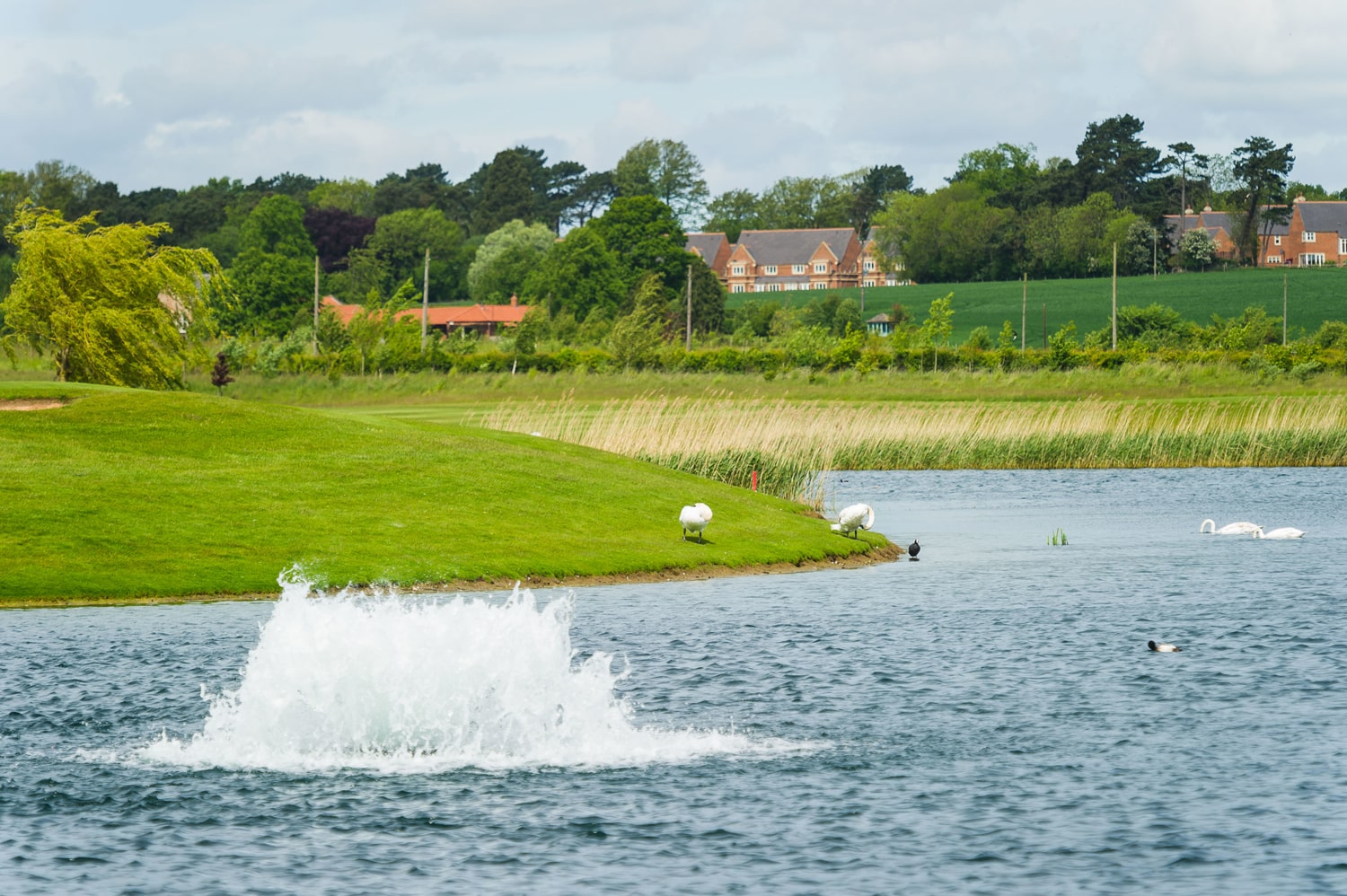
Should you be concerned about oxidative stress levels?
Whether chemical or biological, the build-up of substances from multiple sources making their way into our ponds and lakes creates an increase in biological oxygen demand.
Biological oxygen demand is the amount of dissolved oxygen needed by biological organisms to break down organic material present in the water. When this demand increases, oxidative stress becomes an issue. But should you be concerned?
Short answer: yes. When an imbalance of harmful pollutants in the water causes increased levels of oxidative stress, plant and aquatic life struggle to counteract or detoxify the harmful effects of this pollution.
This accelerates the natural process of anaerobic digestion, so bacteria break down more and more organic and biological waste into carbon dioxide, methane and water. Though natural, the process reduces oxygen levels in water.
Consequences of high oxidative stress
When sped up by chemicals and pollution, and if adequate oxygen is added to the water to compensate, high oxidative stress can lead to a build-up of harmful bacteria and hydrogen sulphide. You will also notice unpleasant ‘pond sludge’ and odour, which can harm other life in the environment.
The first to feel its effects are beneficial bacteria. This is just one of the reasons why aeration and facilitating the aeration process is so important.
With the right aerating system, preventing this build-up in your water body is made simple.

How do you find the best aeration products?
Many groundsmen face water management issues with lakes, ponds and reservoirs. Having to learn the most effective methods and practical means of preventing or reducing nonpoint source pollution (pollution not confined to a single identifiable source) to help achieve water quality goals can be a challenging task.
With a multitude of companies entering the aeration market, it can also be difficult to differentiate between those that have scientific knowledge and can, therefore, advise potential customers, and those that are interested only in the sale.
What is the optimal level of oxygen in water?
Regardless of the aeration system on offer, the process is always the same: aeration. That is, putting air (oxygen) into water.
But how do you determine how much oxygen to add? Not enough and you could upset the natural balance, leading to negative consequences. It’s important to get it right. Fortunately, science has the answer.
Understanding what Oxygen Transfer Rate means for aeration
The scientific measure of an aerator’s capability to supply a lake with oxygen is known as its Oxygen Transfer Rate (OTR).
The industry standard measure was created by the American Society of Civil Engineers after developing test protocols and parameters in 1977 to determine an aerator’s OTR, eventually completing and finalising the tests in 1984.
A recognised organisation used across multiple industries and referred to for important data, the American Society of Civil Engineers’ ‘Measurement of Oxygen Transfer in Clean Water’ is widely regarded as the gold standard for evaluating an aerator’s OTR.
When looking for the right aerator for your water body, it’s always worth asking what each system’s OTR is.
Any manufacturer serious about helping customers keep aquatic ecosystems balanced and clean will happily provide OTR test results for its products. These should also be performed by an independent third party and tested to standards set by the American Society of Civil Engineers.
As the industry’s only comparative benchmark, manufacturers that attempt to hide results or refuse to provide them should be avoided.
What kind of aeration system will work best for your water body?
With expert third party testing, we can also learn valuable lessons about which aerators work best in different water bodies. That’s why all Otterbine systems have been tested for OTR by the University of Minnesota or Gerry Shell Environmental Labs.
Independent testing has shown that, contrary to popular belief, diffused aeration is not the best solution for everything. In fact, a surface spray aerator is 100 percent efficient in water up to five metres in depth, but any deeper and the oxygen may not reach the bottom of the water. But for water more than five metres deep, a diffused air system is the most efficient option.
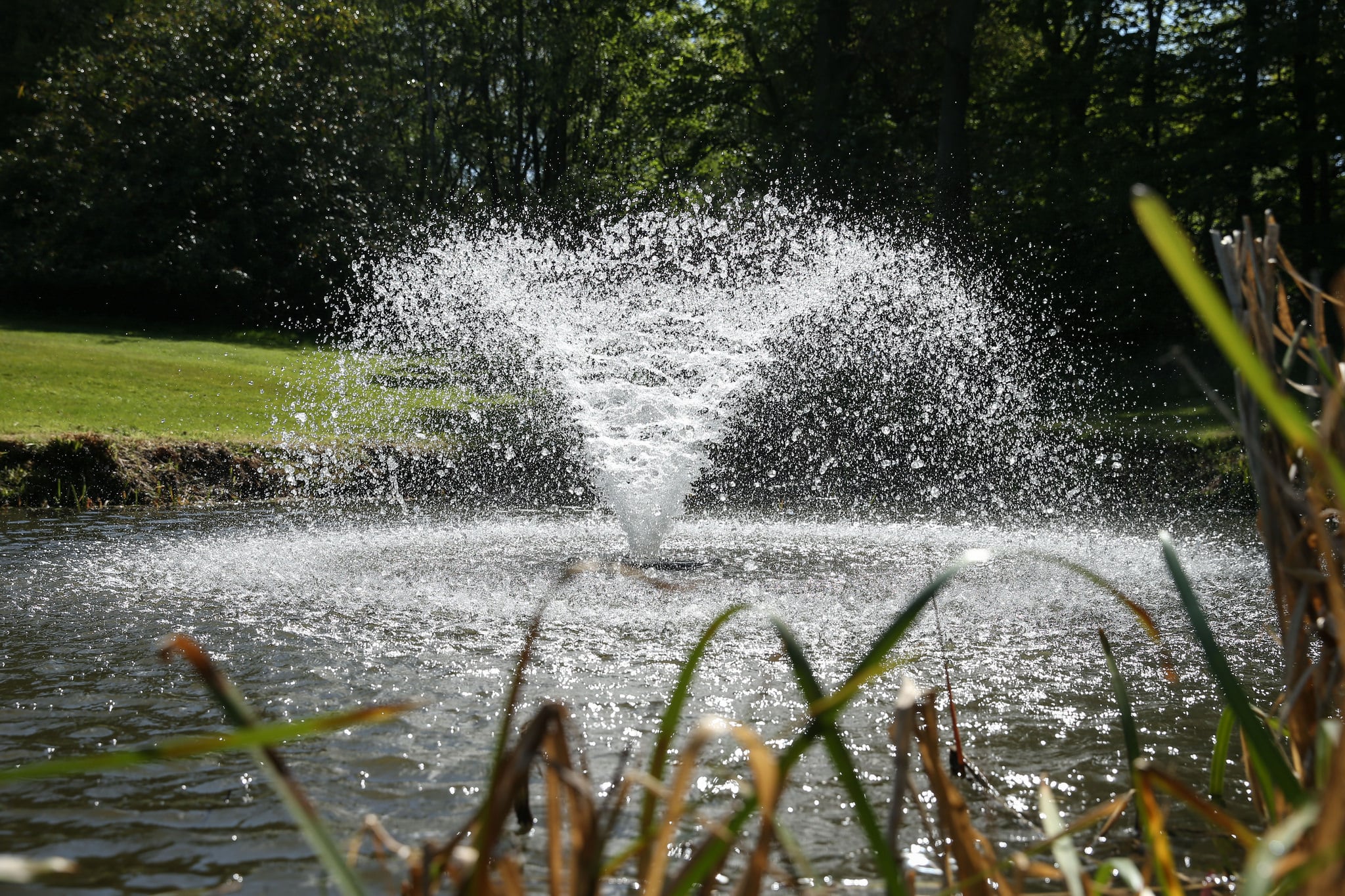
It’s important to work with aeration experts
Following this advice can make a real difference in having a system that works and one that doesn’t stop the damaging effects as a result of oxidative stress. If you were to use a diffused air system in a lake that’s four metres deep, you would lose 50 percent efficiency.
Therefore, you should always be wary of those selling a ‘one size fits all’ system because they simply don’t exist.
Can you over-aerate water?
It’s also important to remember that you can’t over-aerate water. In fact, water’s capacity to hold dissolved oxygen reduces as the temperature rises, so ensuring you always have enough oxygen isn’t the easiest task when dealing with the change in seasons.
A rise from 14 degrees to 27, for example, can see water’s capacity to store dissolved oxygen reduced by up to 40 percent. Therefore, it’s important to ensure an aerator is always meeting the dissolved oxygen saturation point.
As experts in aeration will tell you, it’s recommended to aim for around 80 percent over the saturation point as this allows for changes in temperature and other external factors. So, in short, when looking for an aerator system, make sure the people you deal with know their stuff.
How to choose who to work with when looking for an aeration system?
The scientific community has developed a tool to help us choose the most effective aeration device and as such, responsible manufacturers will have third party, independent tests at the ready to share with potential customers.
Be sure to ask for a copy when you are in the market for an aerator. With the information from these tests you can be confident that your new aerating system will help improve and maintain high water quality and deliver the best possible results.
Reesink UK LTD | 1-3 Station Road, St Neots PE19 1QF | Registered in England
Reesink UK LTD is authorised and regulated by the Financial Conduct Authority.


